Still Not Seeing Results? Time to Flip Your Shoulder Routine Upside Down
If you've been hitting your shoulder workouts hard but still feel like something’s missing — maybe your delts aren’t popping, your strength isn’t progressing, or your pump fades too quickly — then it's time to rethink your approach.
Let’s talk about a game-changing method: Pre-Exhaustion Training.
In this blog, we’ll break down what pre-exhaustion really is, how to apply it to your shoulder workouts, the science behind it, pros and cons, a sample routine, and tips to make the most out of it. Whether you're a seasoned gym-goer or a passionate beginner, this strategy could be the key to unlocking your shoulder growth.
What is Pre-Exhaustion Training?
Pre-exhaustion is a technique where you perform an isolation exercise to fatigue a specific muscle group before moving on to a compound movement.
In simpler terms: You tire out the target muscle before hitting it with a heavier, multi-joint lift.
When it comes to shoulders, that means doing something like lateral raises or front raises before a barbell overhead press or Arnold press.

Why Use Pre-Exhaustion for Shoulder Workouts?
The shoulders are a complex muscle group made up of three heads — anterior (front), lateral (side), and posterior (rear). When doing compound lifts like overhead presses, your triceps or upper chest often take over, limiting the activation of your delts.
Pre-exhaustion solves this.
It ensures your delts are already working at high capacity before you bring in other muscles. This enhances:
- Mind-muscle connection
- Muscle activation
- Pump and fatigue
- Growth and hypertrophy
Benefits of Pre-Exhaustion in Shoulder Training
Greater Muscle Isolation
By fatiguing the delts first, compound lifts hit them harder since supporting muscles take over late in the set.
Improved Muscle Growth (Hypertrophy)
Training a fatigued muscle forces it to recruit more motor units, enhancing muscle fiber recruitment and triggering hypertrophy.
Enhanced Mind-Muscle Connection
Starting with isolation exercises helps you mentally connect with the muscle you want to grow. You feel the burn exactly where you should.
Better Symmetry and Shape
Pre-exhausting individual heads of the deltoid (especially the often-neglected rear delts) ensures balanced development.
Efficient Training
Great for those short on time — pre-exhaustion gets you a massive burn in fewer sets.
Downsides to Consider
Reduced Strength Output
You may lift lighter during compound lifts. That’s okay — the goal here is hypertrophy, not max strength.
Not Ideal for Beginners
If you’re still building basic form and strength, you need to master compound movements first.
Risk of Overtraining
Because this method is intense, overdoing it can fatigue the CNS if not programmed smartly.

The Science Behind Pre-Exhaustion
Research shows that muscle fiber recruitment increases when a muscle is pre-fatigued before a compound lift. In a 2017 study published in the Journal of Strength and Conditioning Research, participants who performed isolation exercises before compound lifts experienced greater muscle activation in the targeted area (in this case, the deltoids).
However, the same study showed decreased performance in strength-based outcomes — which further supports that this method is best suited for hypertrophy-focused training, not powerlifting or max lifts.
How to Structure a Shoulder Workout with Pre-Exhaustion?
Here’s a sample plan using pre-exhaustion for well-rounded shoulder development:
Day: Pre-Exhaust Shoulder Hypertrophy Routine
Phase 1: Pre-Exhaust Isolation
Dumbbell Lateral Raise – 4 sets x 15-20 reps
Focus on slow tempo, pause at the top. Target the medial delts.
Seated Front Raise (Alternating) – 3 sets x 12-15 reps
Target the front delts with strict form. Use a light to moderate weight.
Phase 2: Compound Lifts
Overhead Barbell Press (Seated or Standing) – 4 sets x 8-10 reps
Go moderate on weight. You’ll be surprised how challenging this feels post-raises.
Arnold Press – 3 sets x 10-12 reps
Excellent for full shoulder activation, including the front and medial heads.
Phase 3: Finishers (Rear Delt Focus)
Reverse Pec Deck Flys – 3 sets x 15-20 reps
Isolate rear delts — the most ignored muscle in shoulder day.
Face Pulls (Rope on Cable Machine) – 3 sets x 15-20 reps
Great for posture, shoulder health, and rear delt development.

Important Tips for Pre-Exhaust Shoulder Training
- Control Every Rep: Don’t rush isolation exercises. The goal is to fully fatigue the muscle.
- Choose Proper Weights: You’re not chasing PRs in compound lifts here. Focus on the feel.
- Recovery is Key: Don’t do this method more than once or twice a week. Shoulders need time to repair.
- Watch Your Form: When muscles are fatigued, form tends to break down — focus is crucial.
- Warm-Up Thoroughly: Shoulder joints are delicate. Mobilize and activate before going heavy.
Who Should Try This?
- Bodybuilders looking for better definition and pump.
- Intermediate to advanced lifters stuck in a plateau.
- Lifters with lagging delts wanting to bring up their shoulders.
- Anyone who wants variety and a new challenge in their shoulder day.
Burn Smart, Not Just Heavy
Pre-exhaustion isn’t just a “fancy technique” — it’s a serious weapon in your training arsenal when applied strategically. By starting with isolation exercises to pre-fatigue your delts, you ensure your compound lifts become shoulder-focused, rather than turning into triceps or chest-dominant movements.
And the best part? The pump you feel is insane. Your shoulders will feel like they’re on fire — in the best way.
So next time you're planning your shoulder workout, don’t just go straight into presses. Flip the script. Pre-exhaust. And watch your results level up.
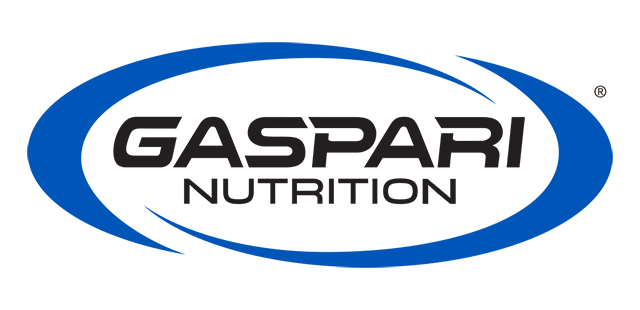

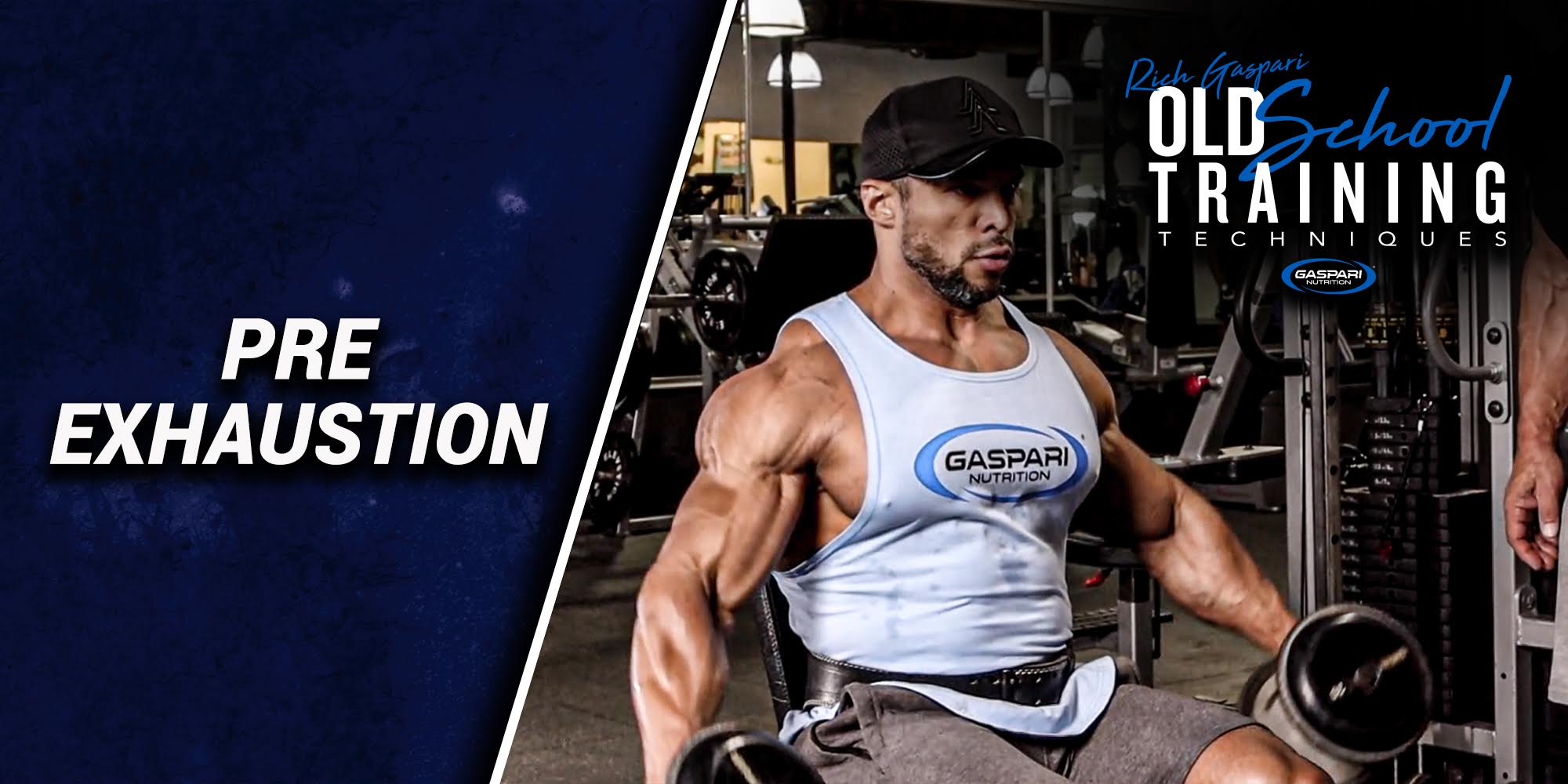
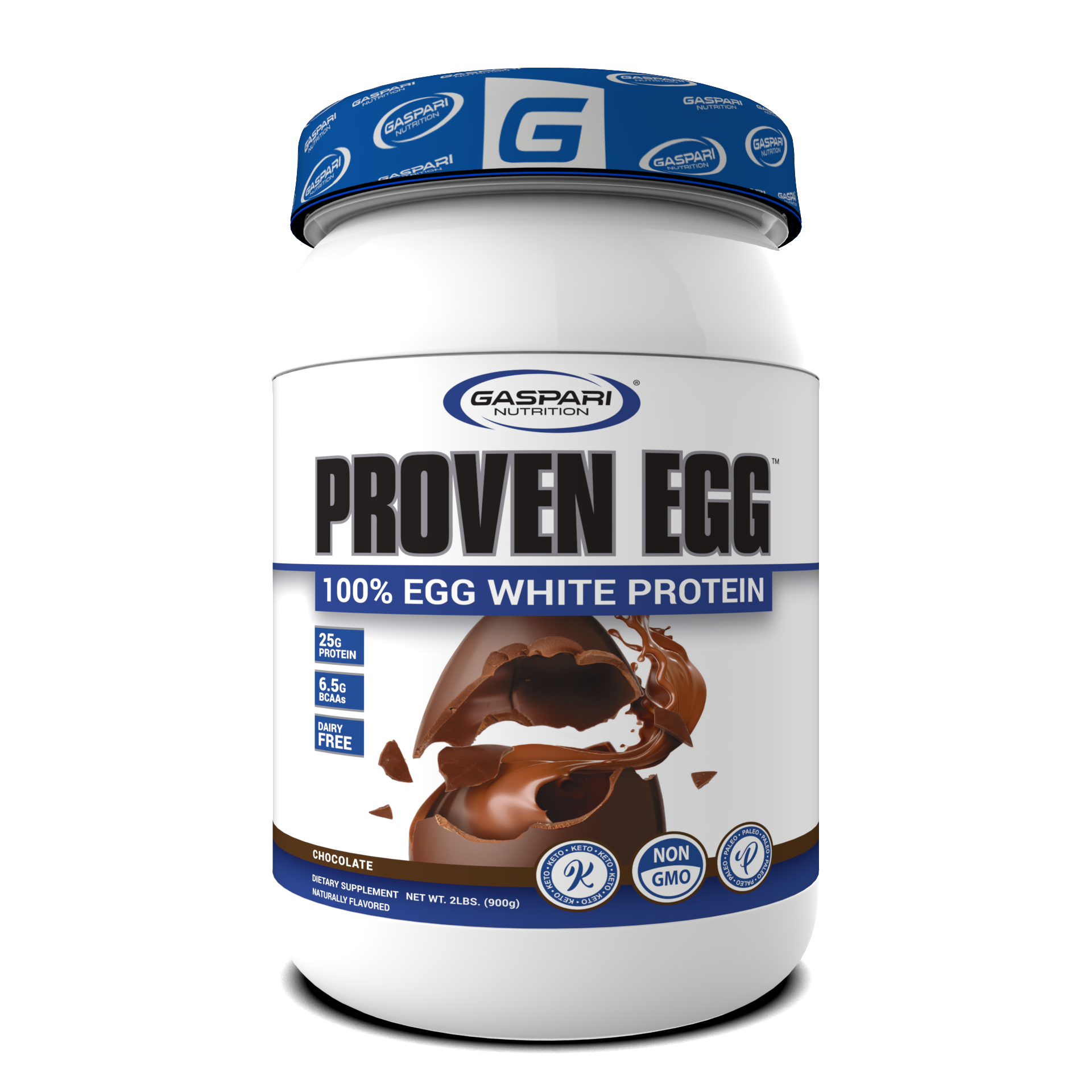
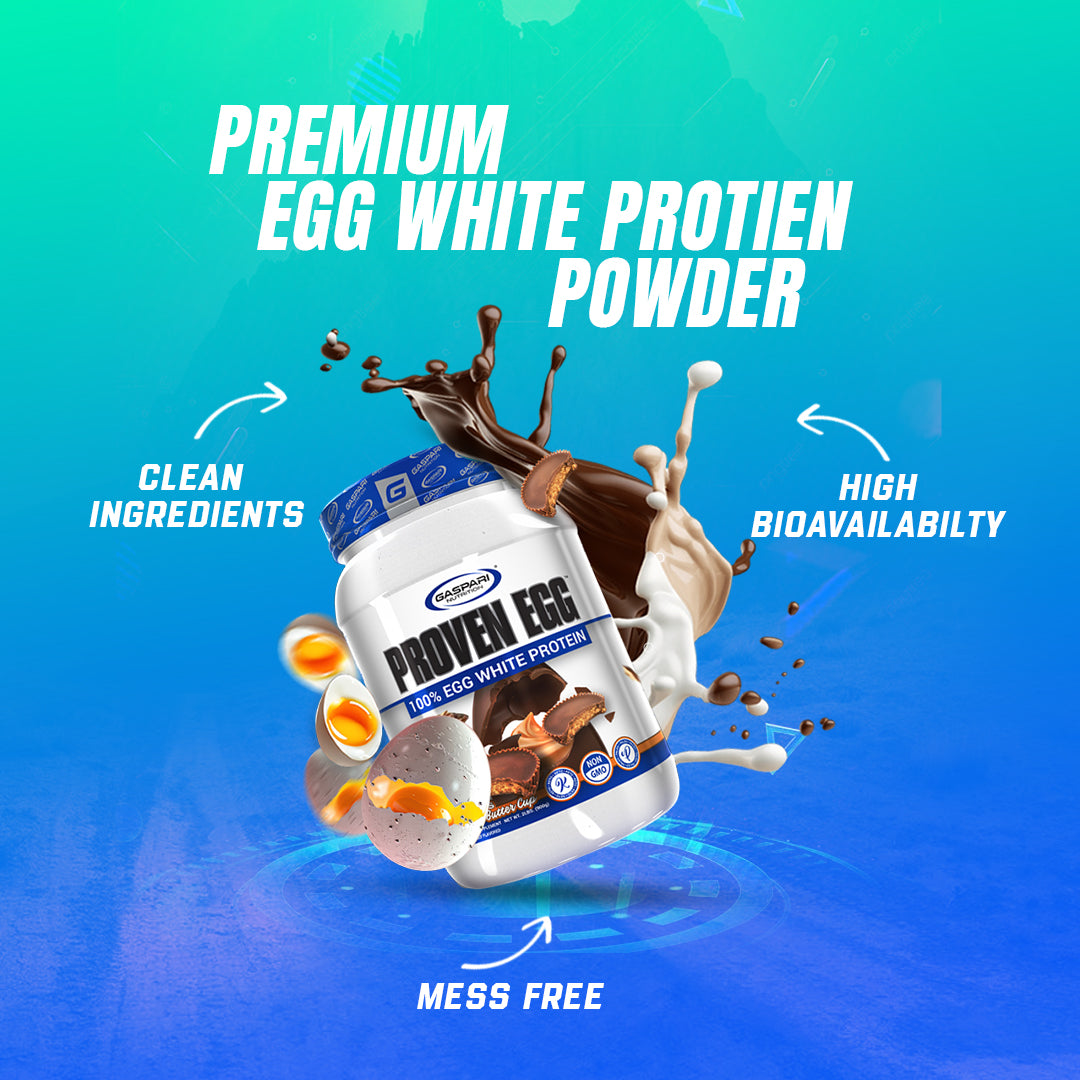
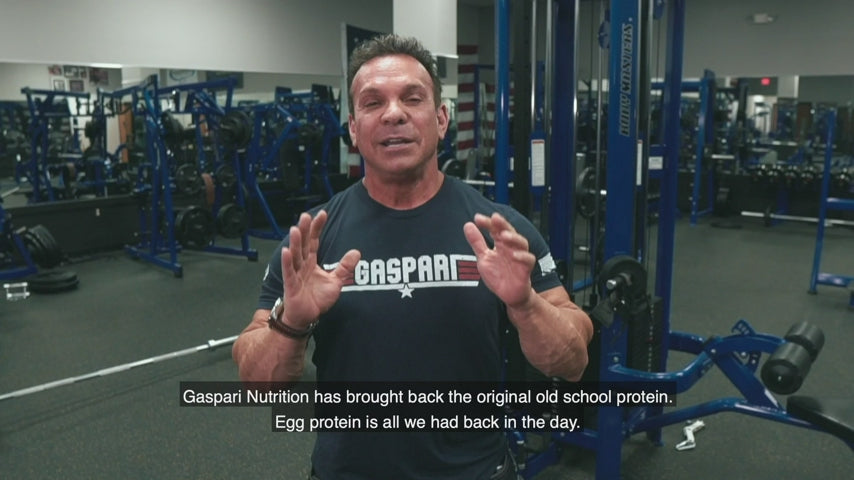
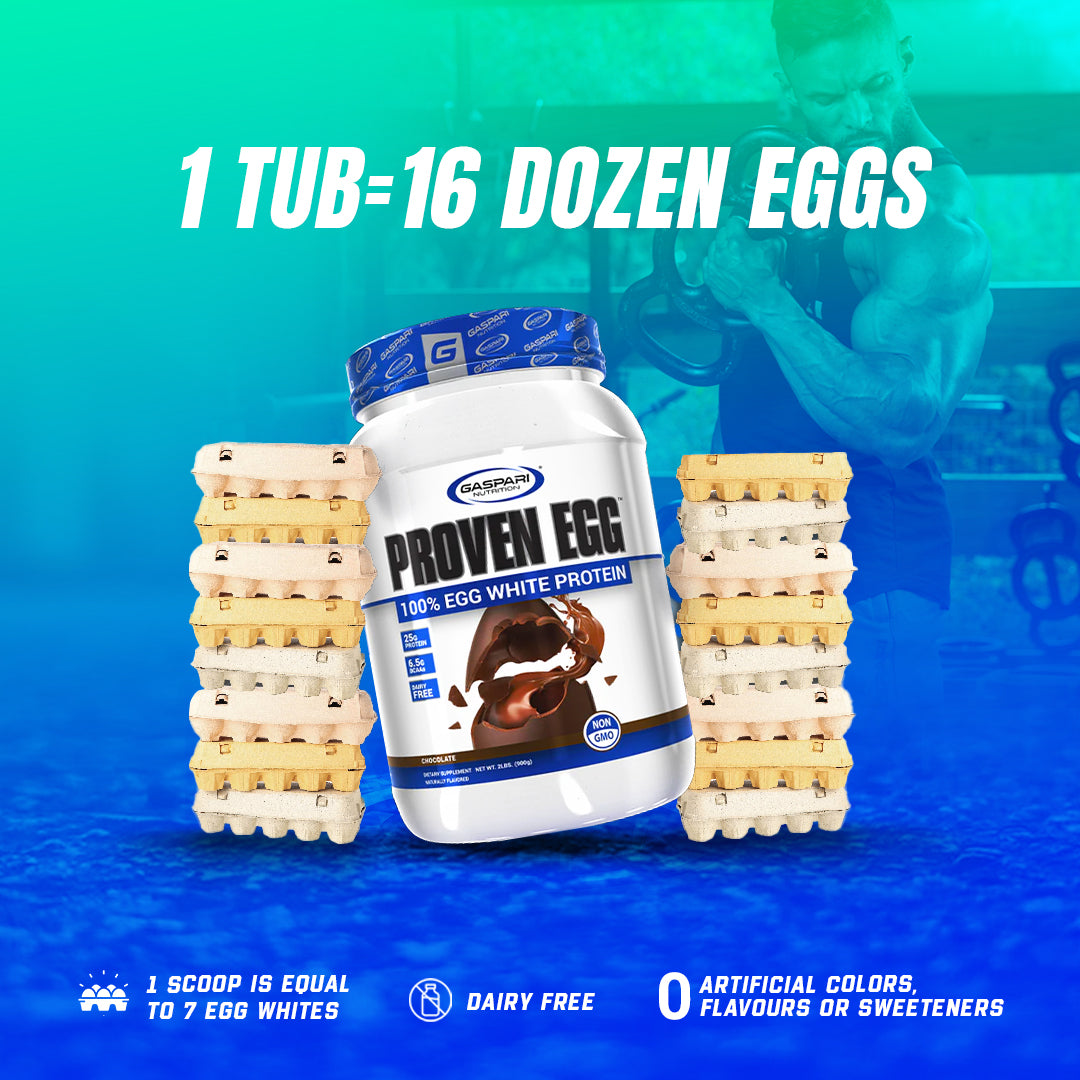
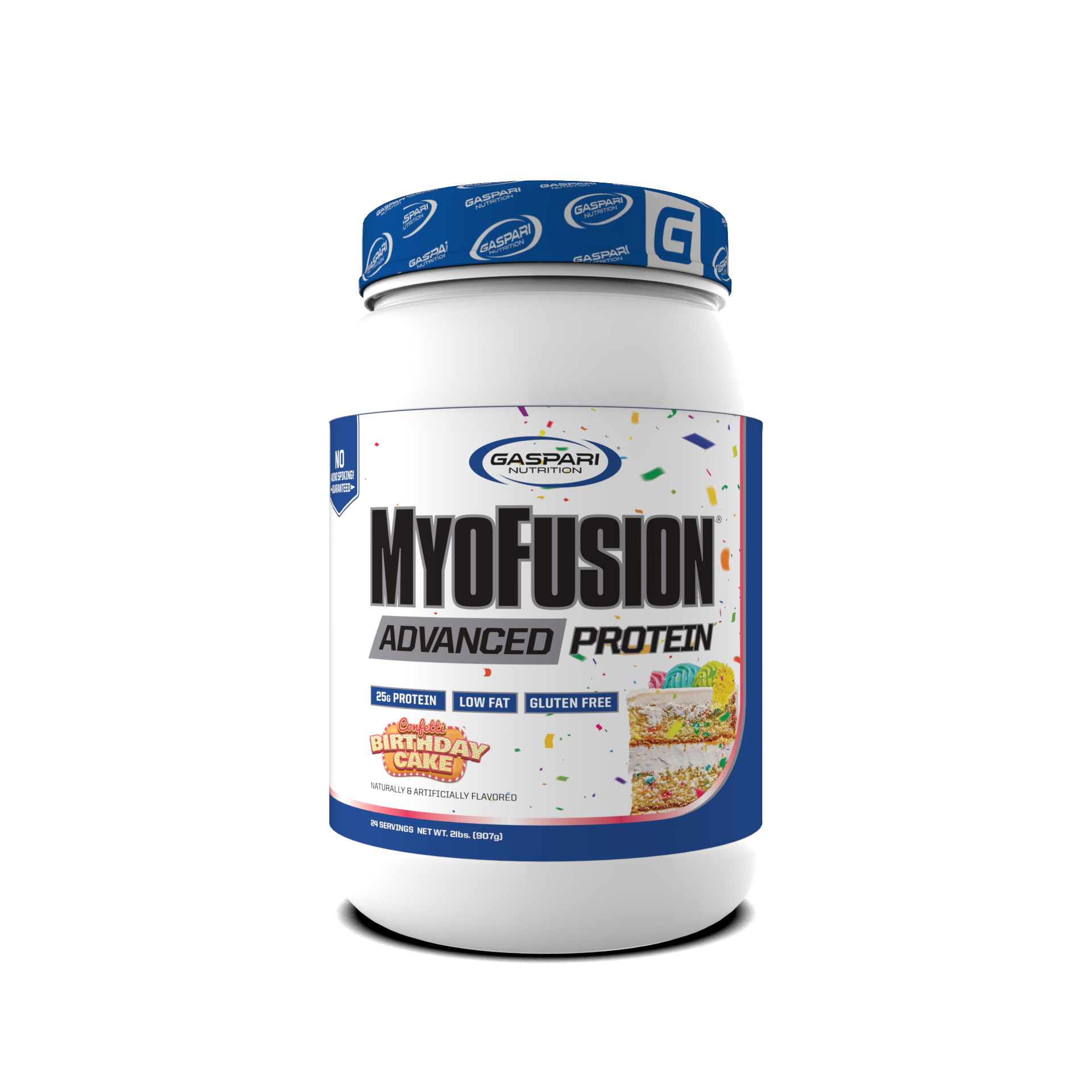
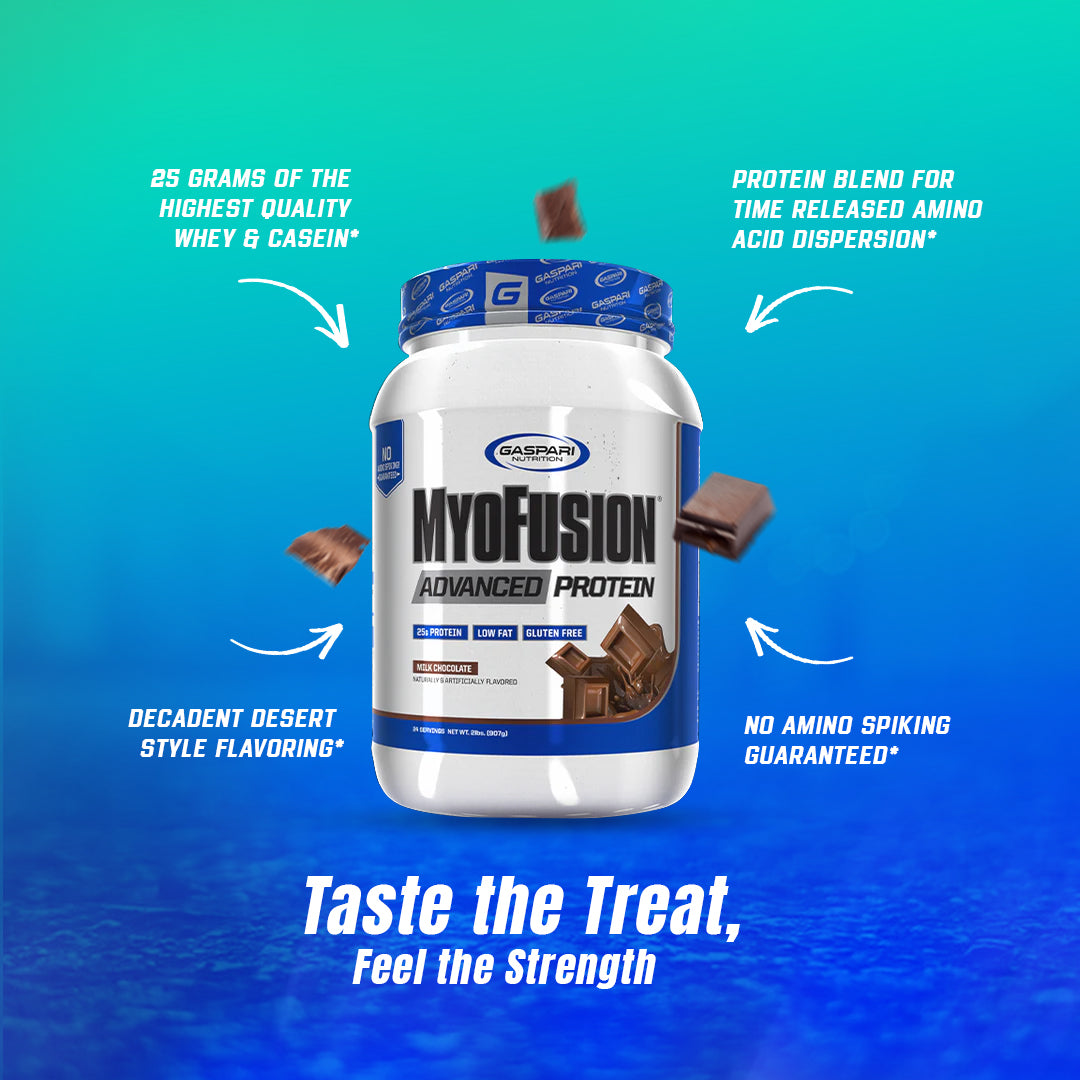

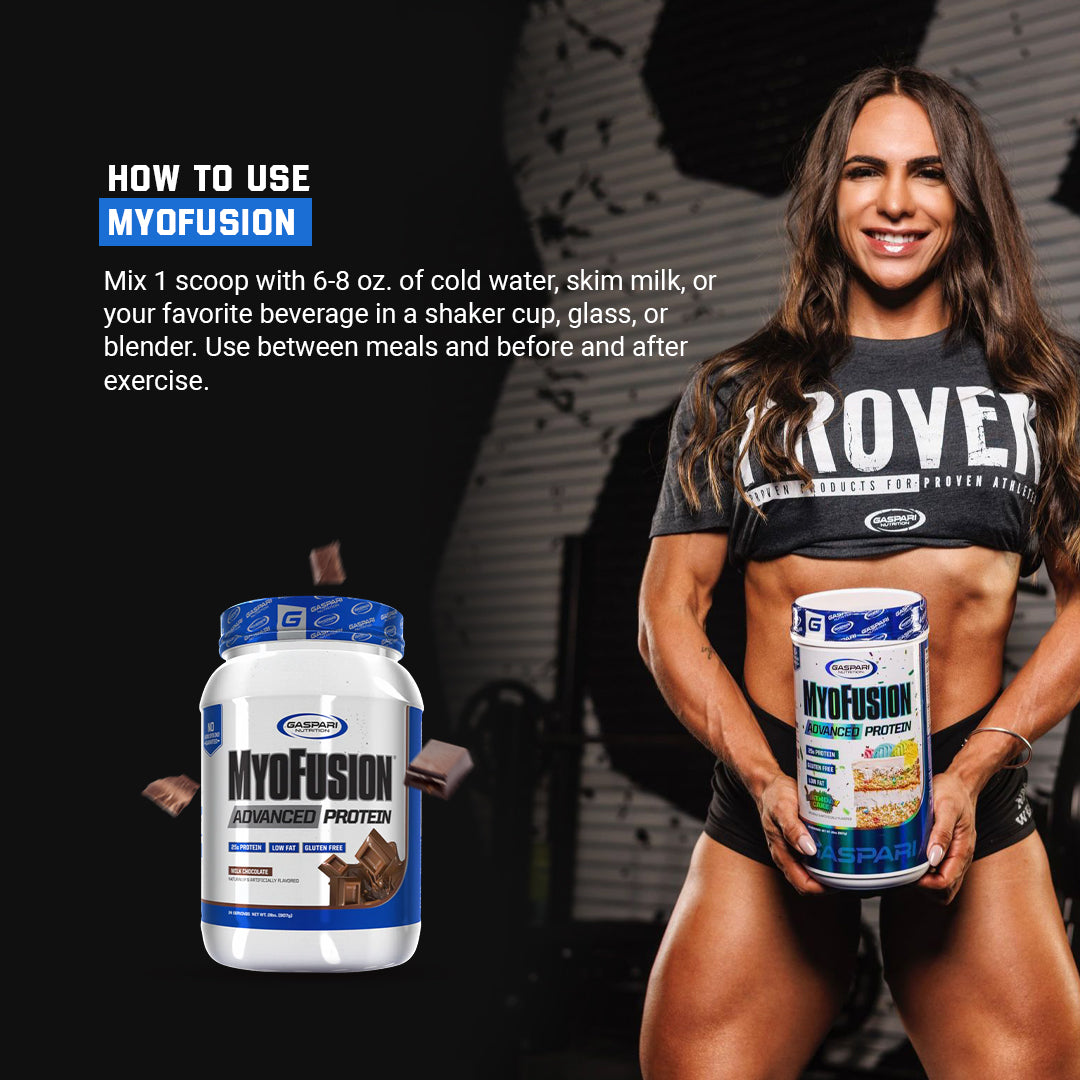
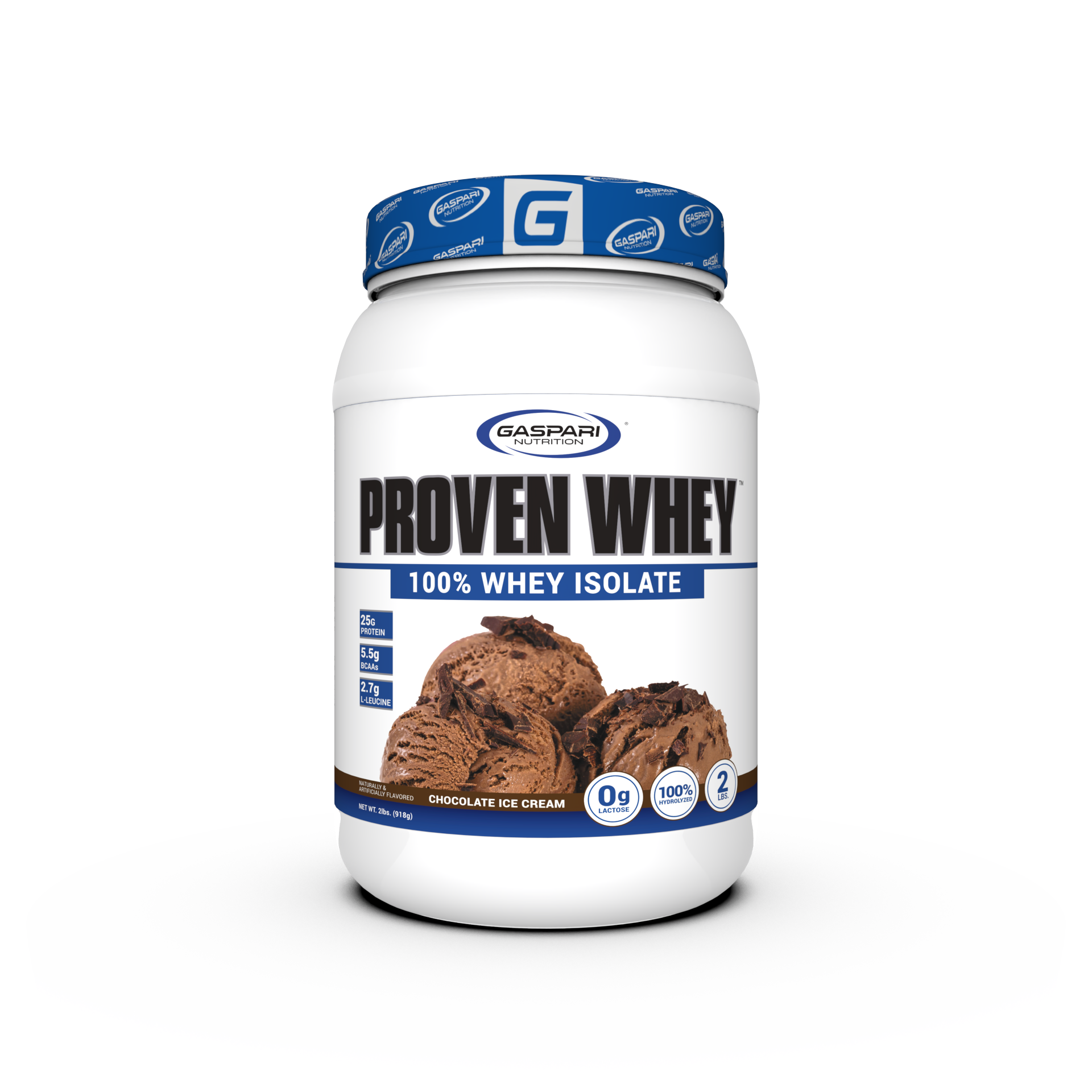
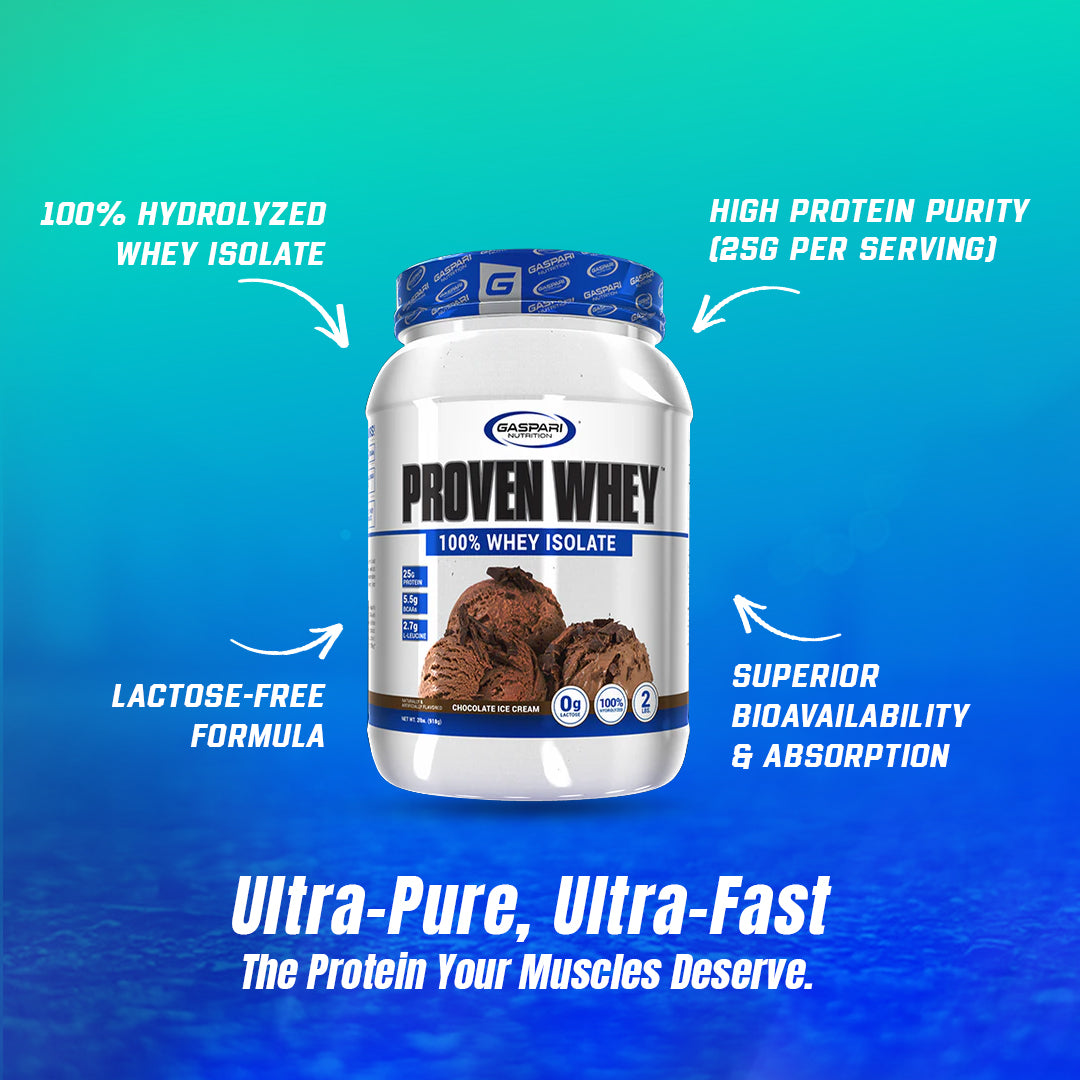
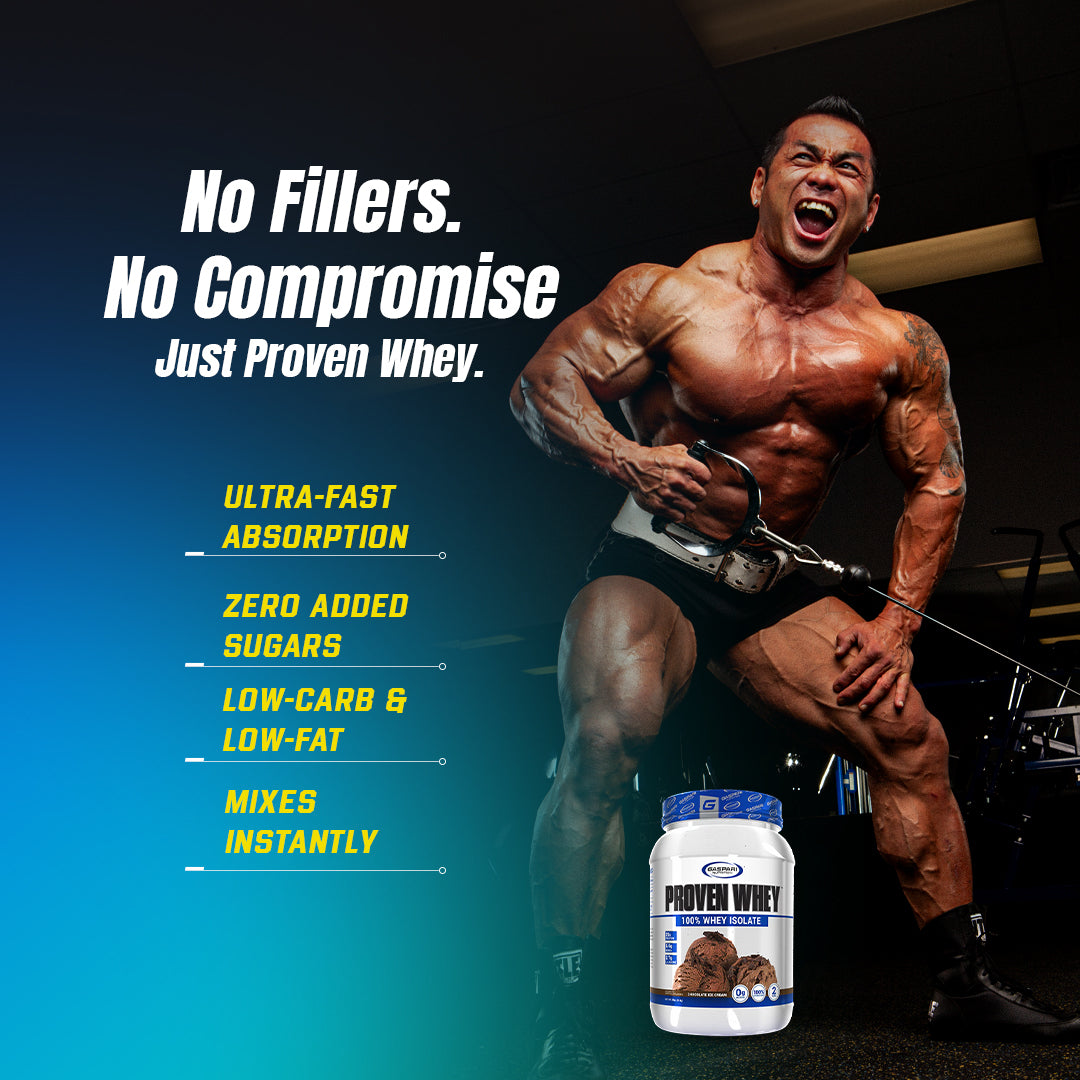
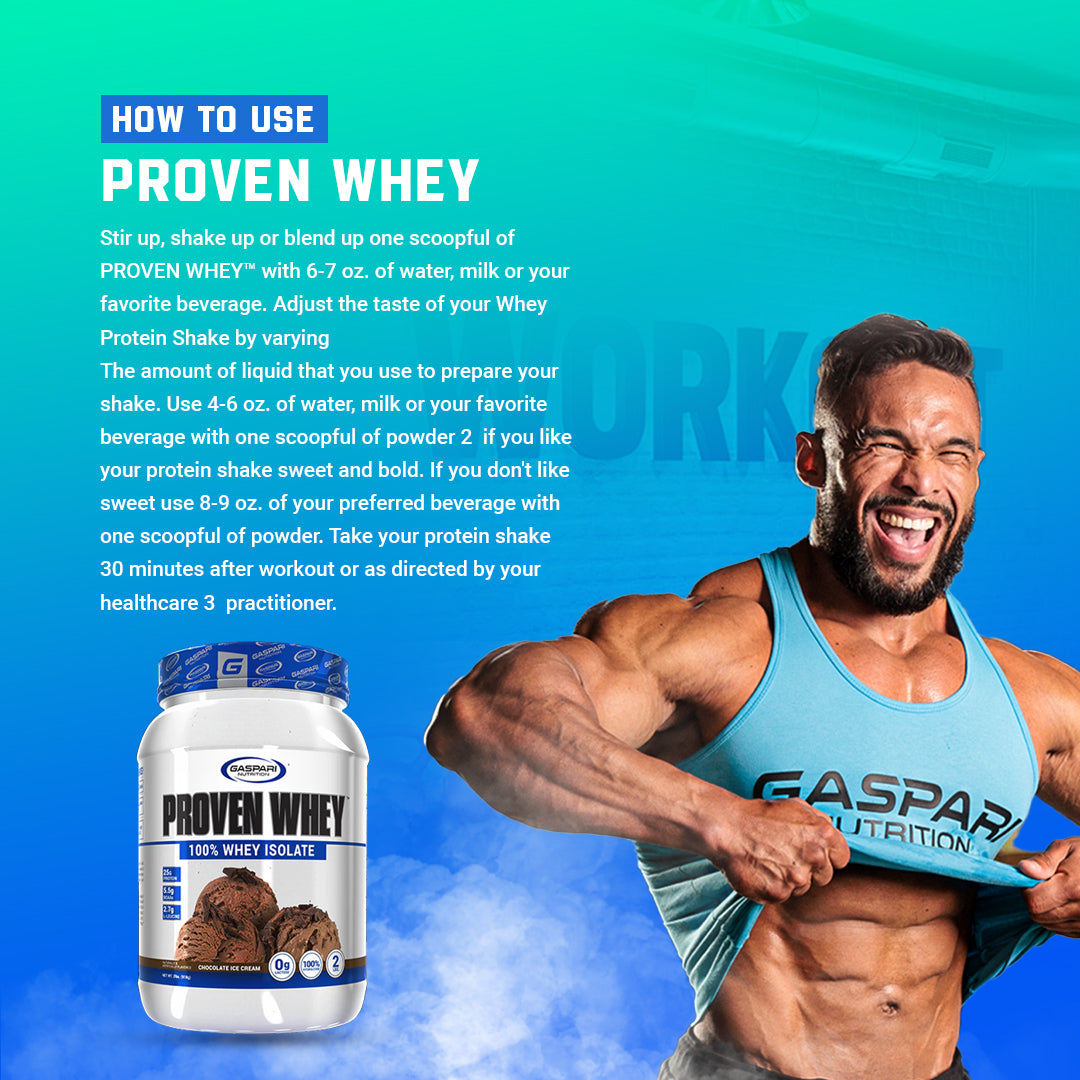
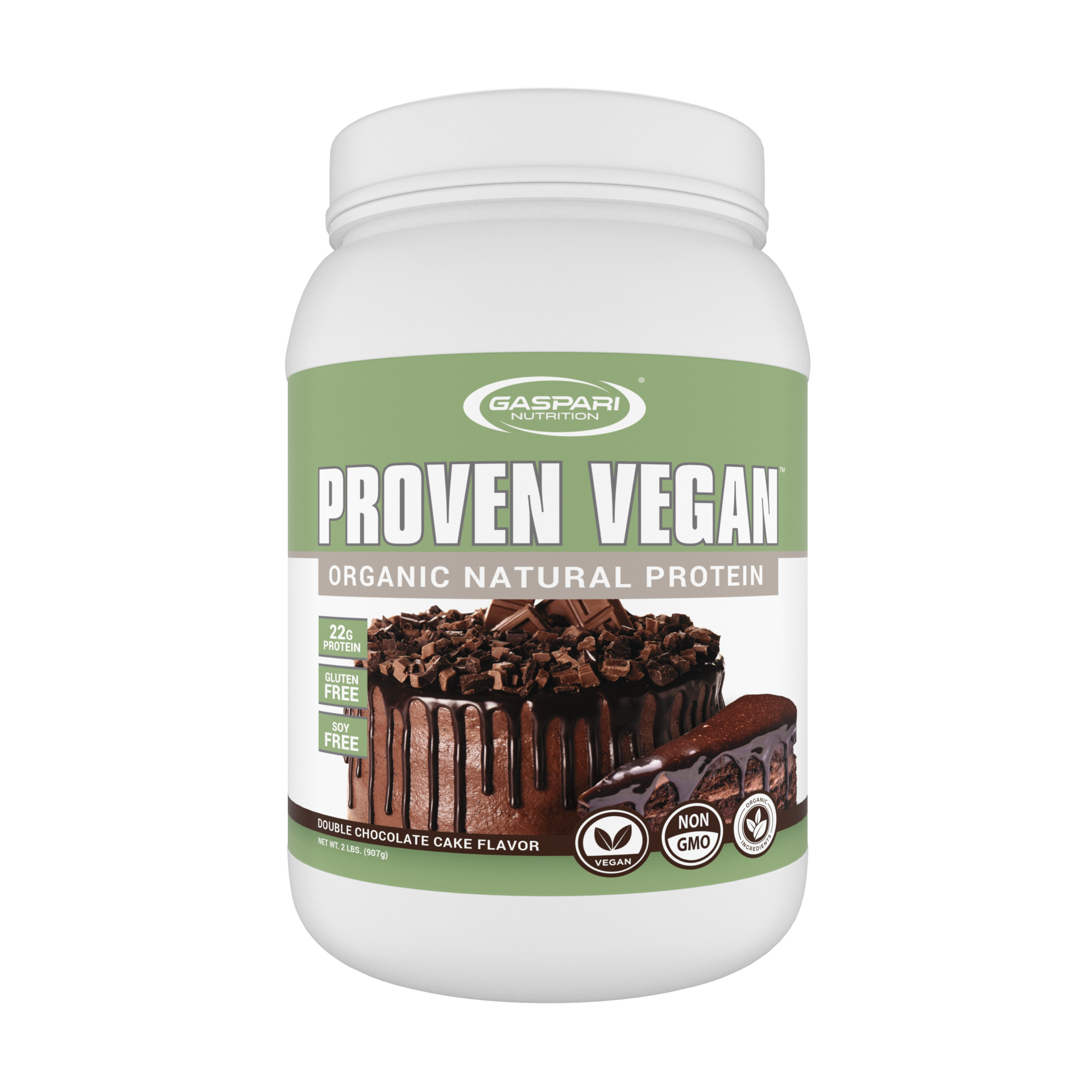


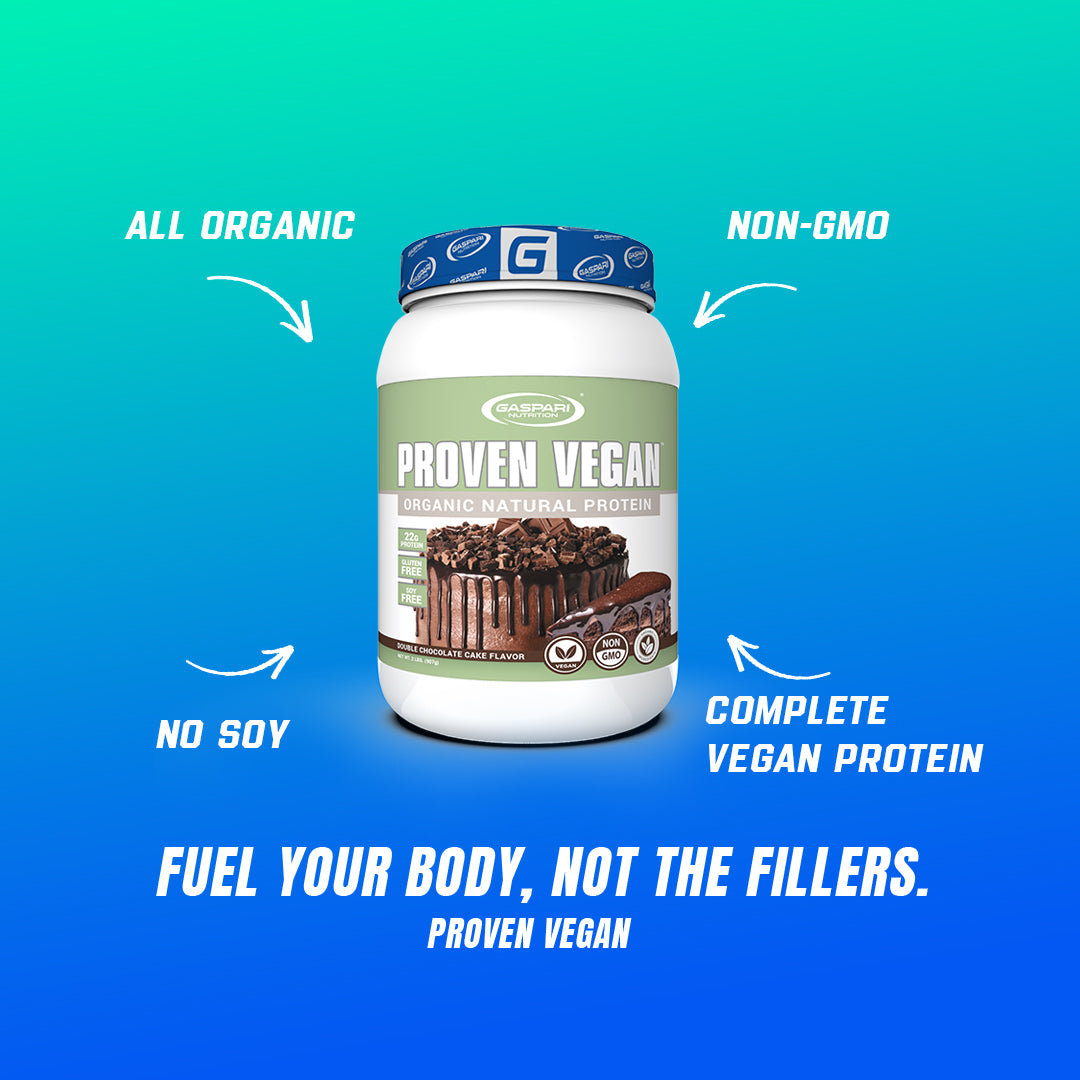
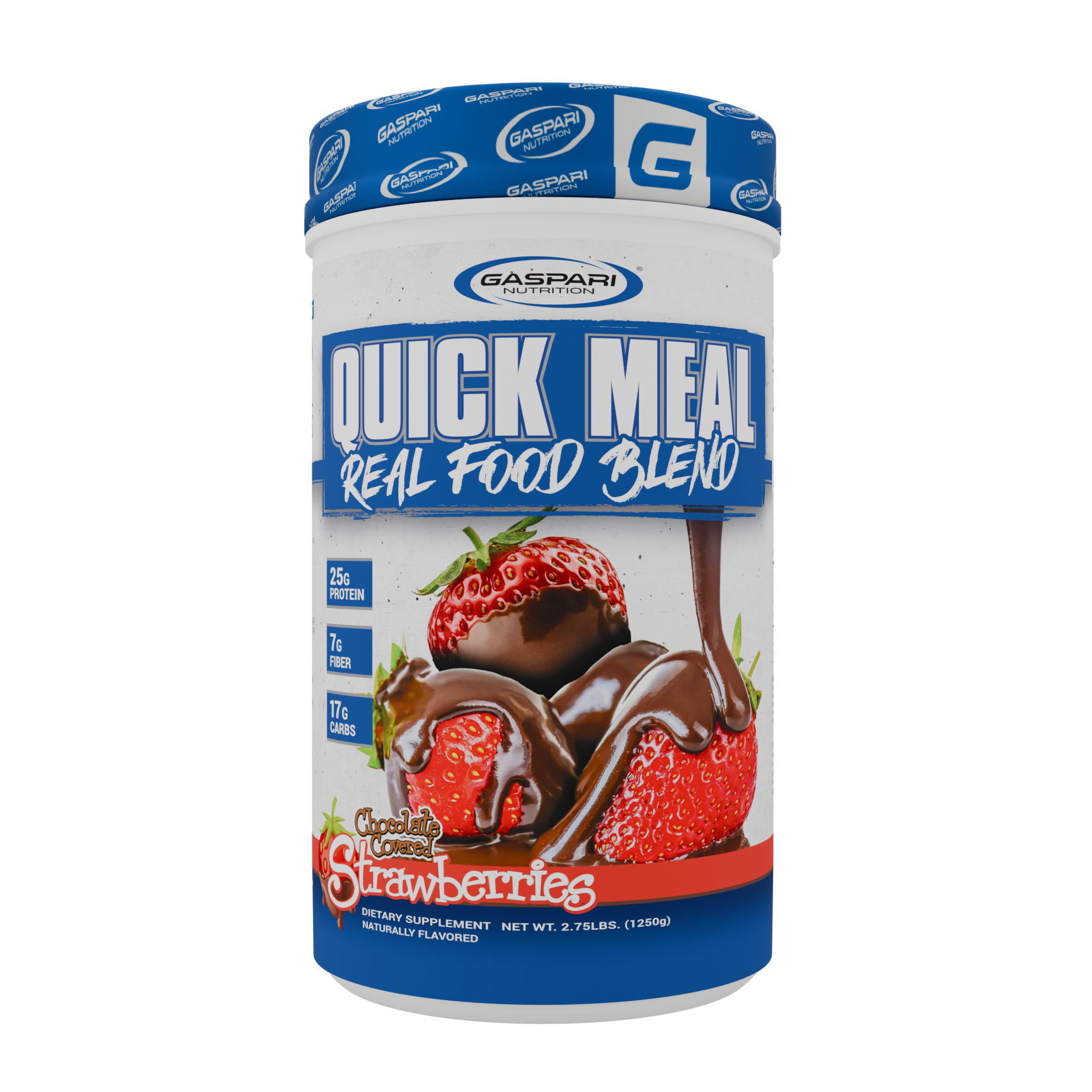
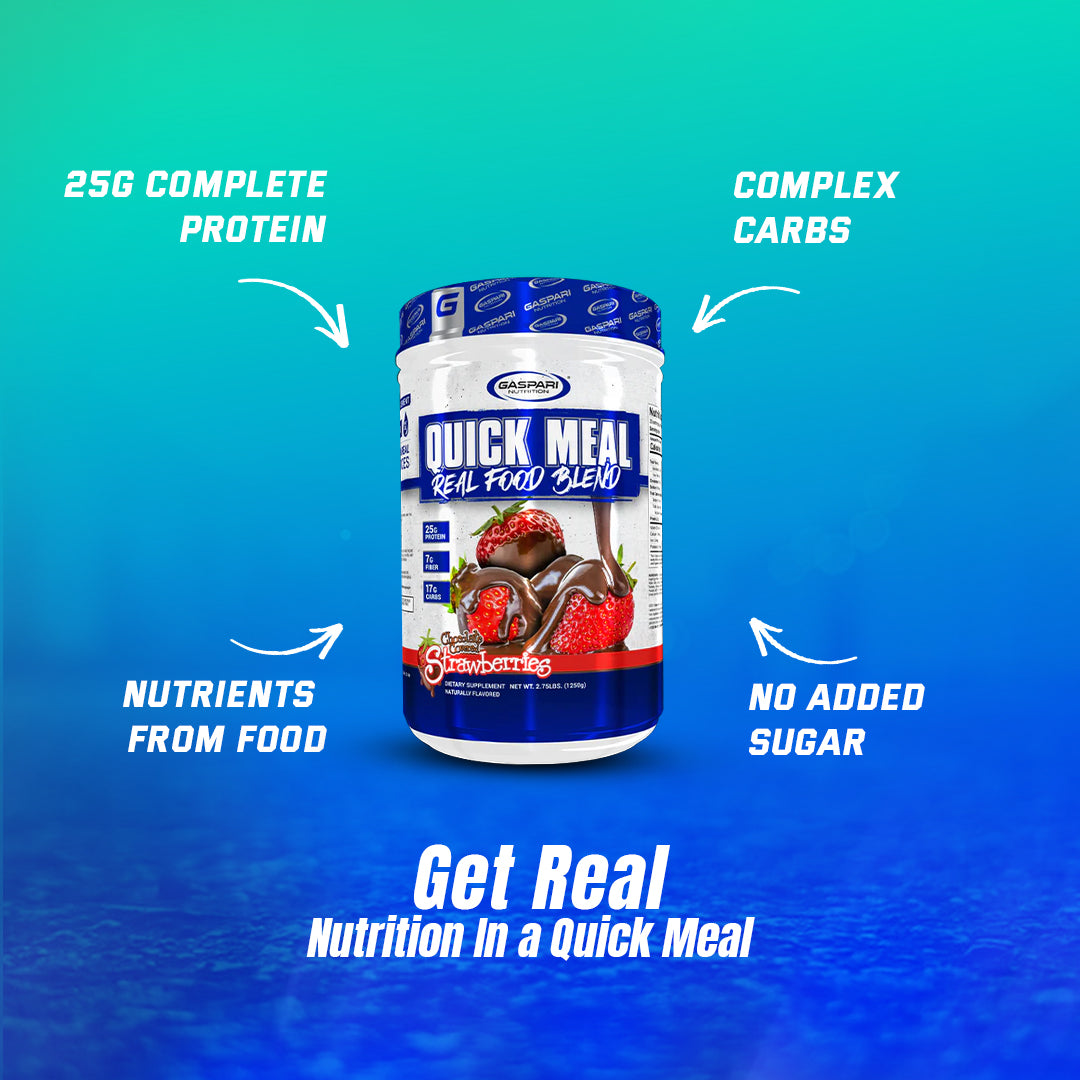
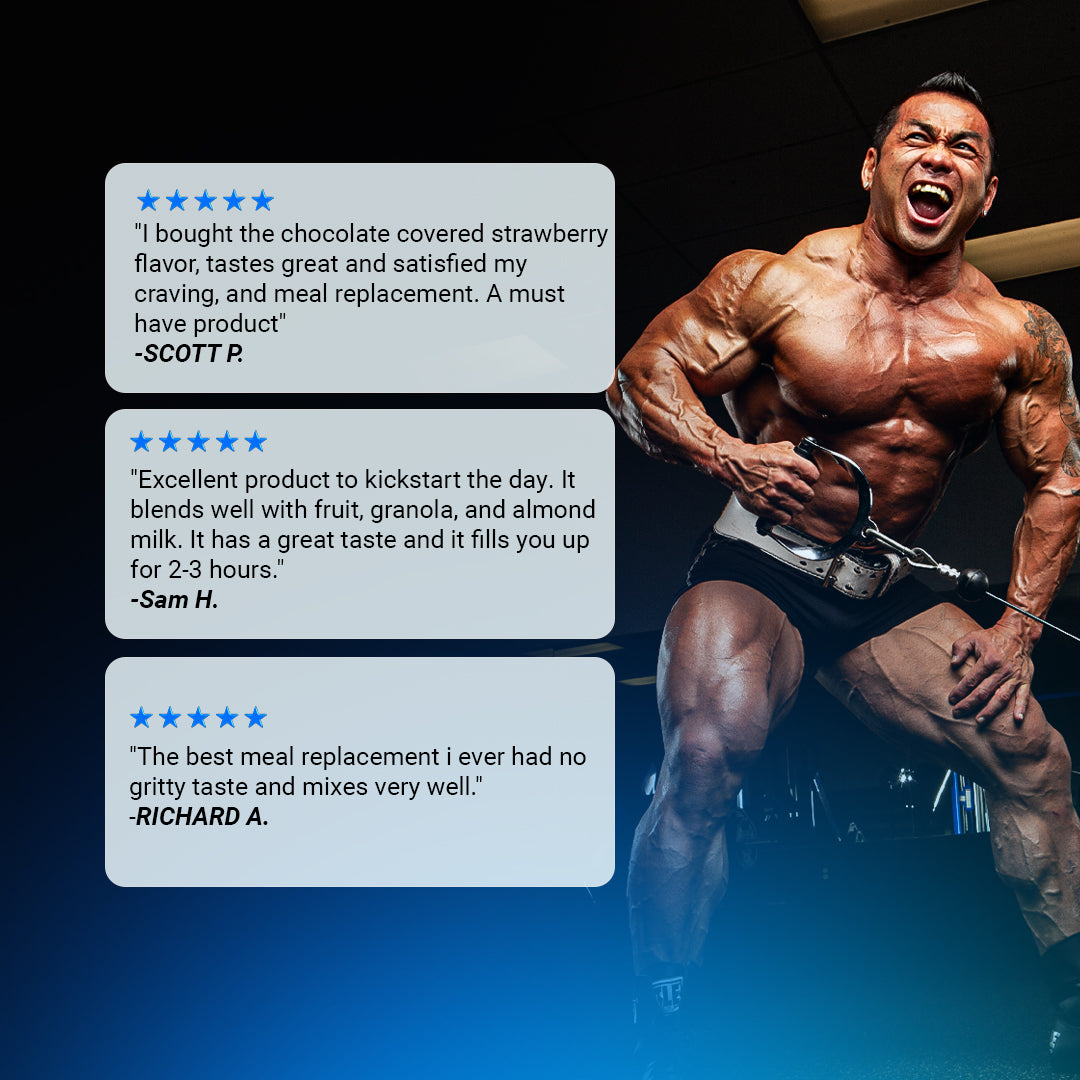
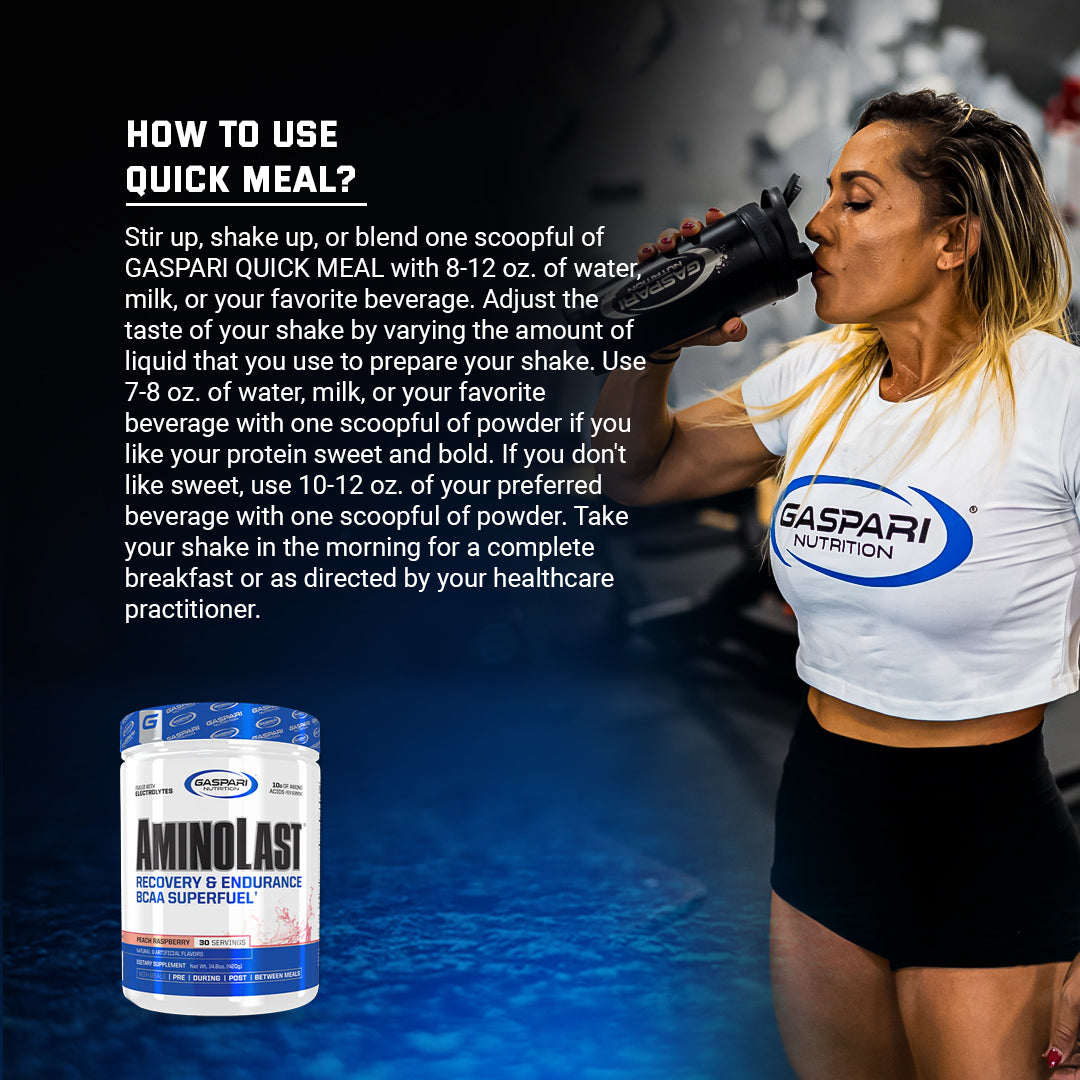




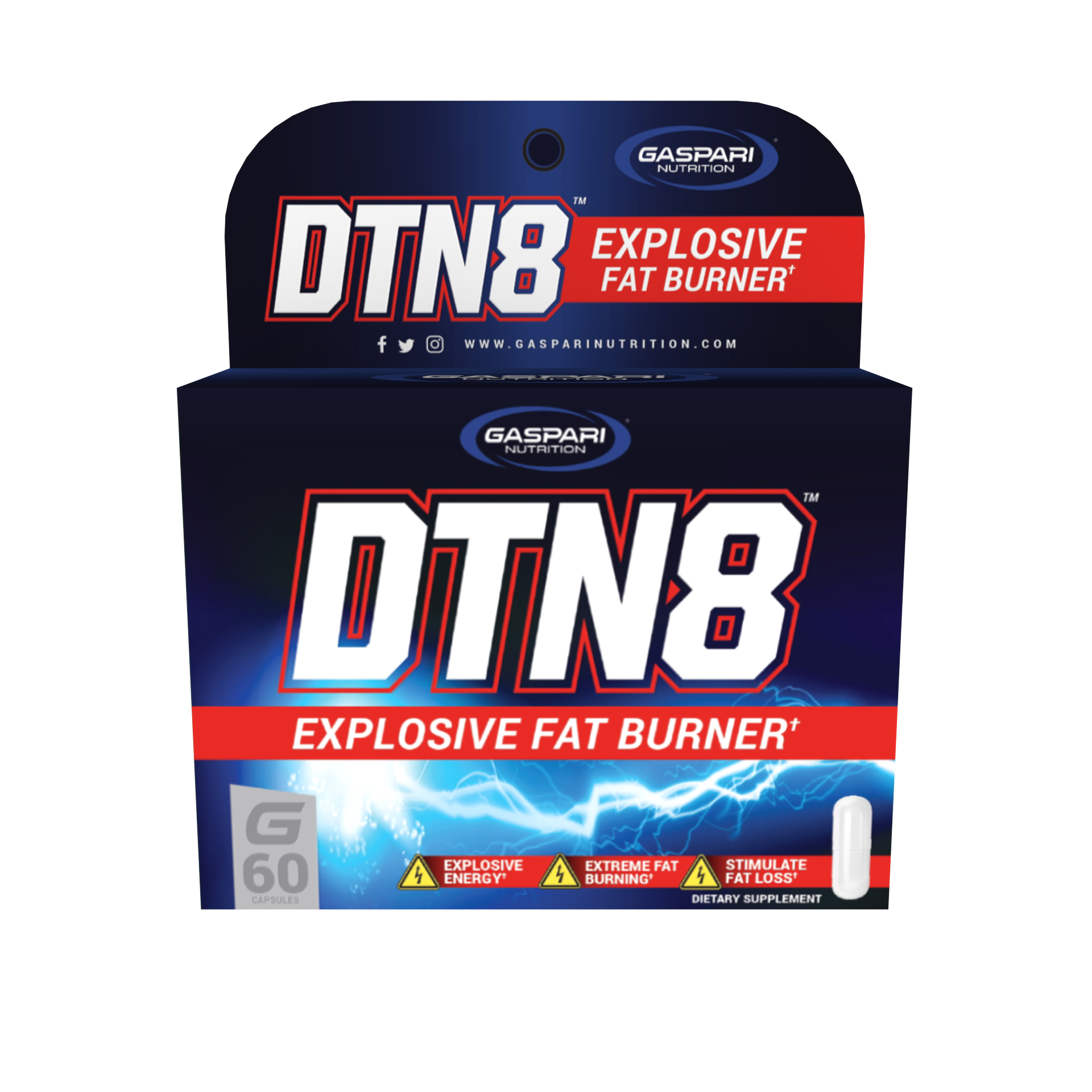

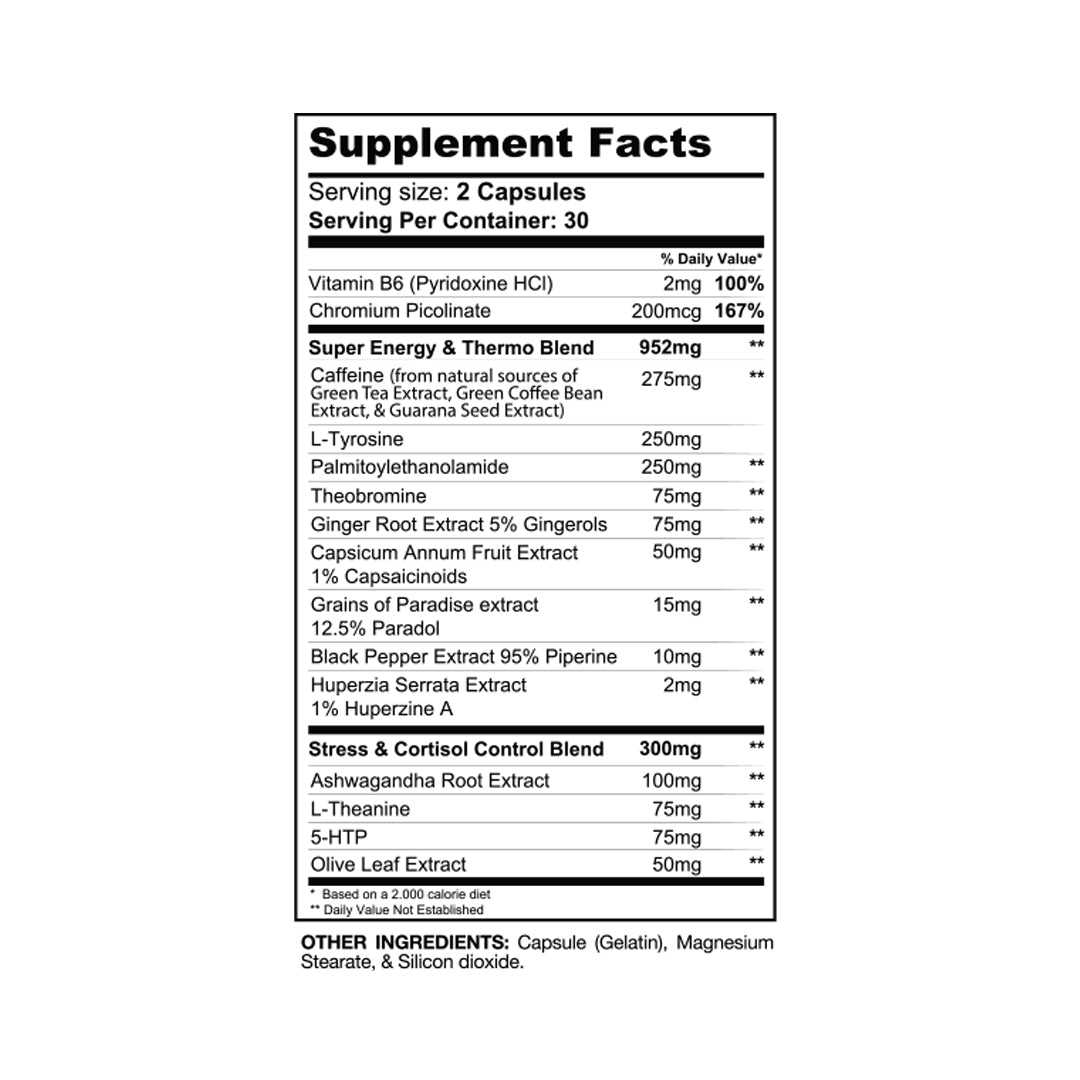
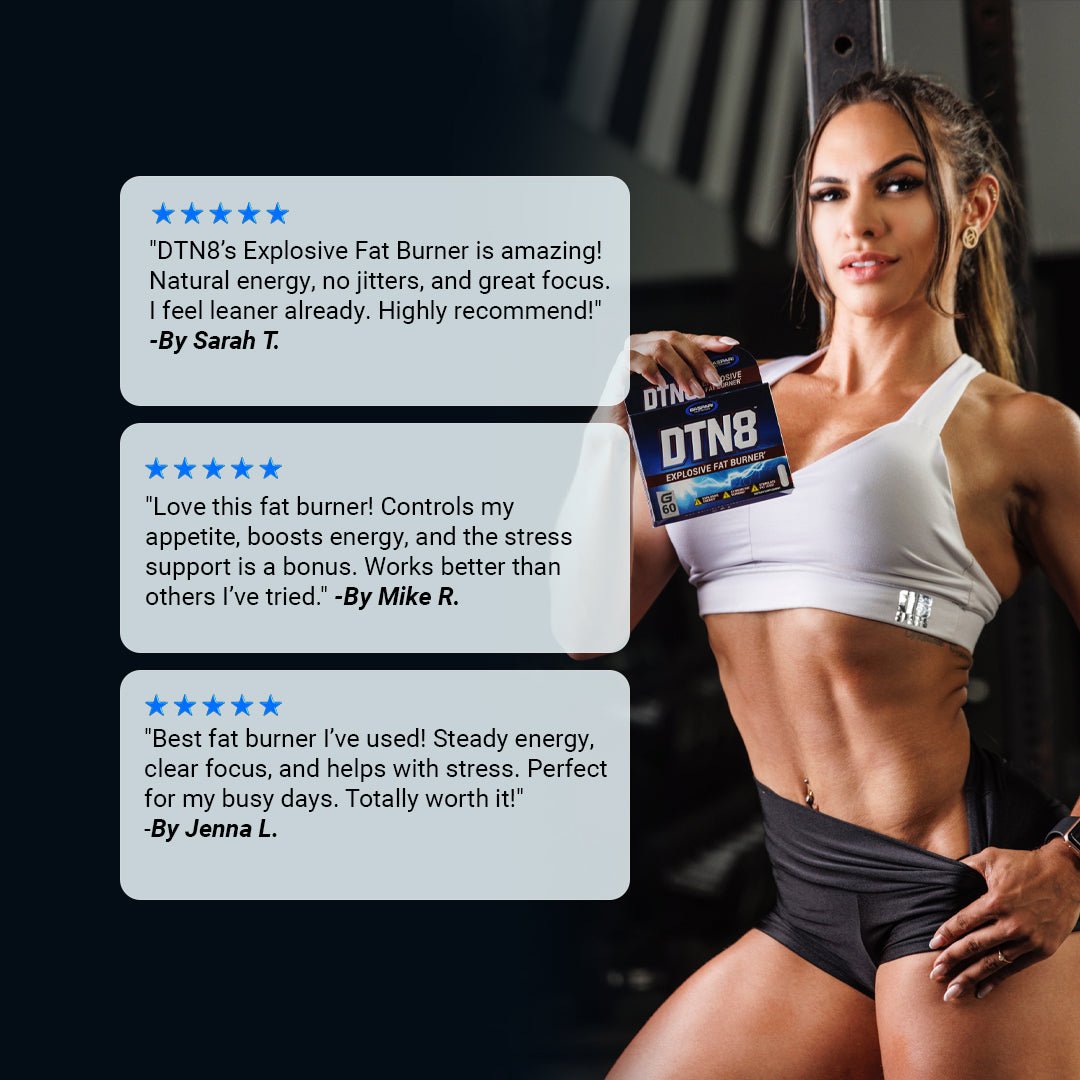
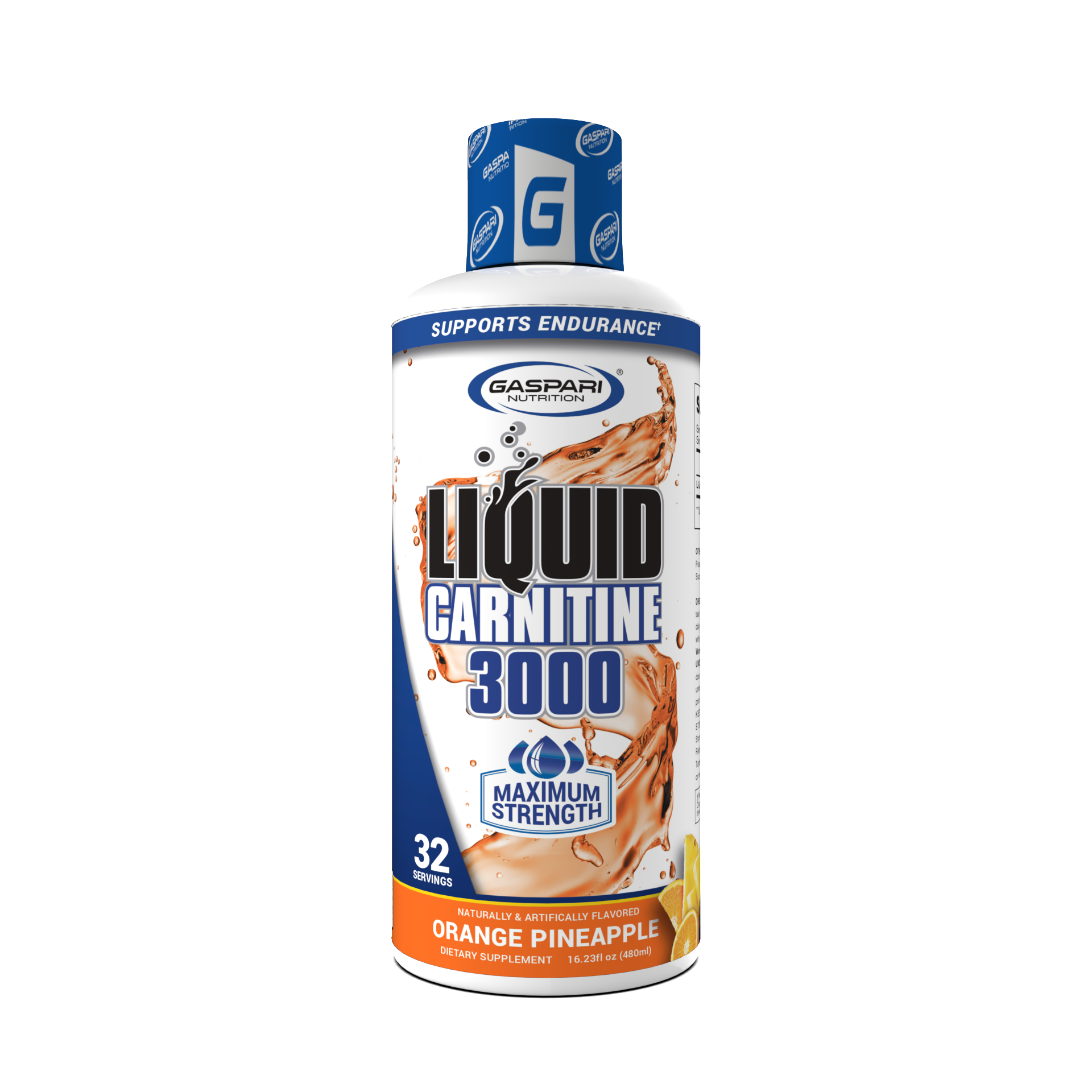


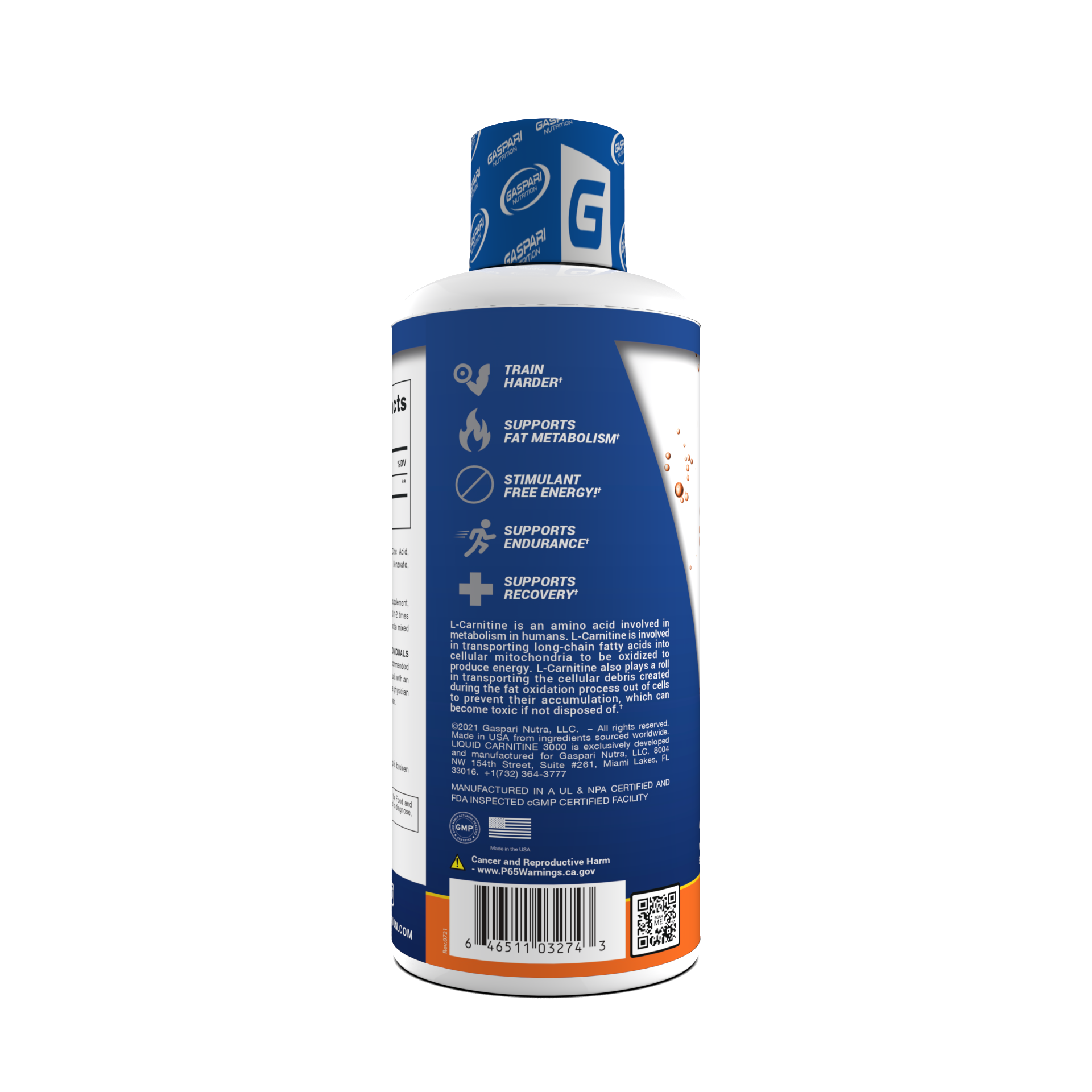
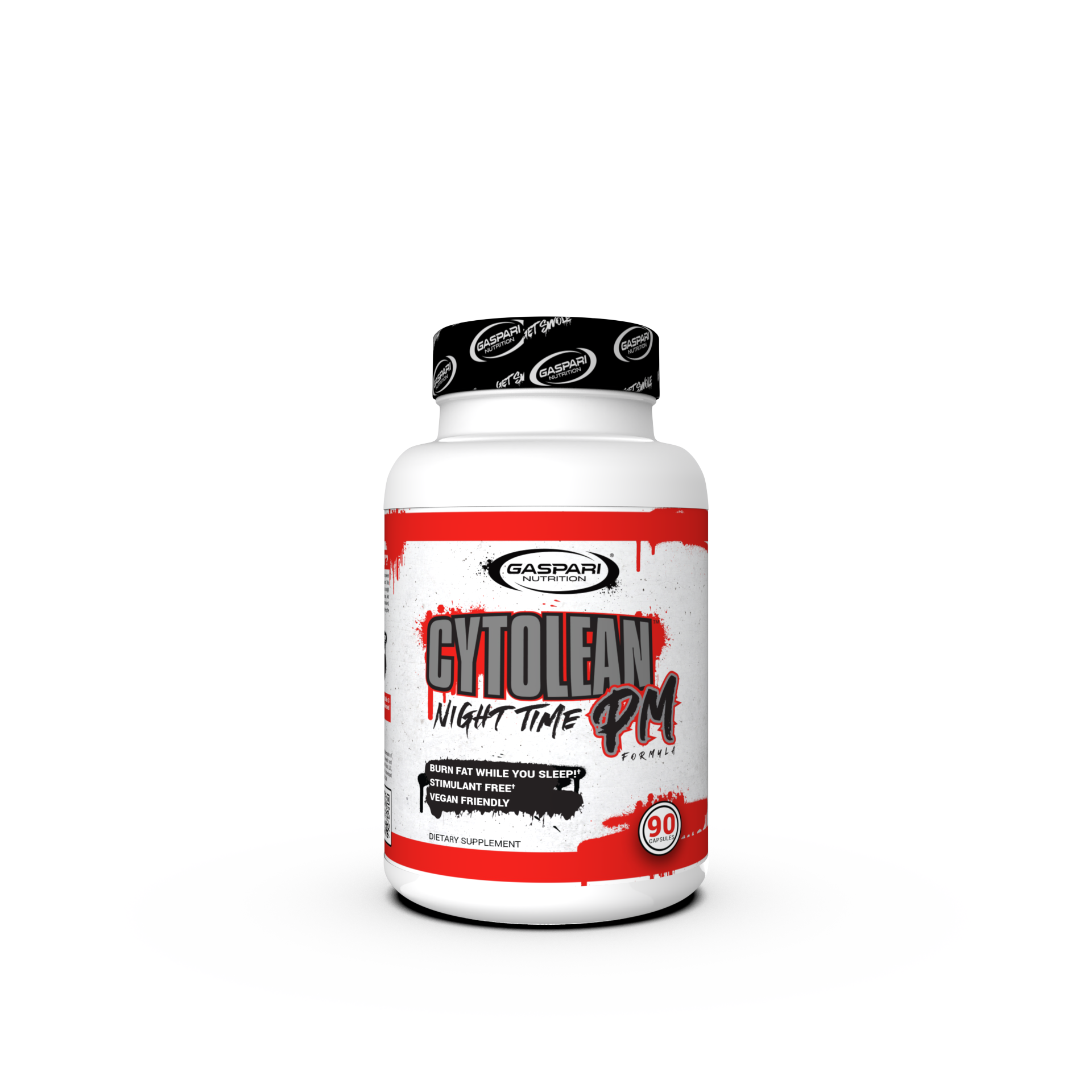
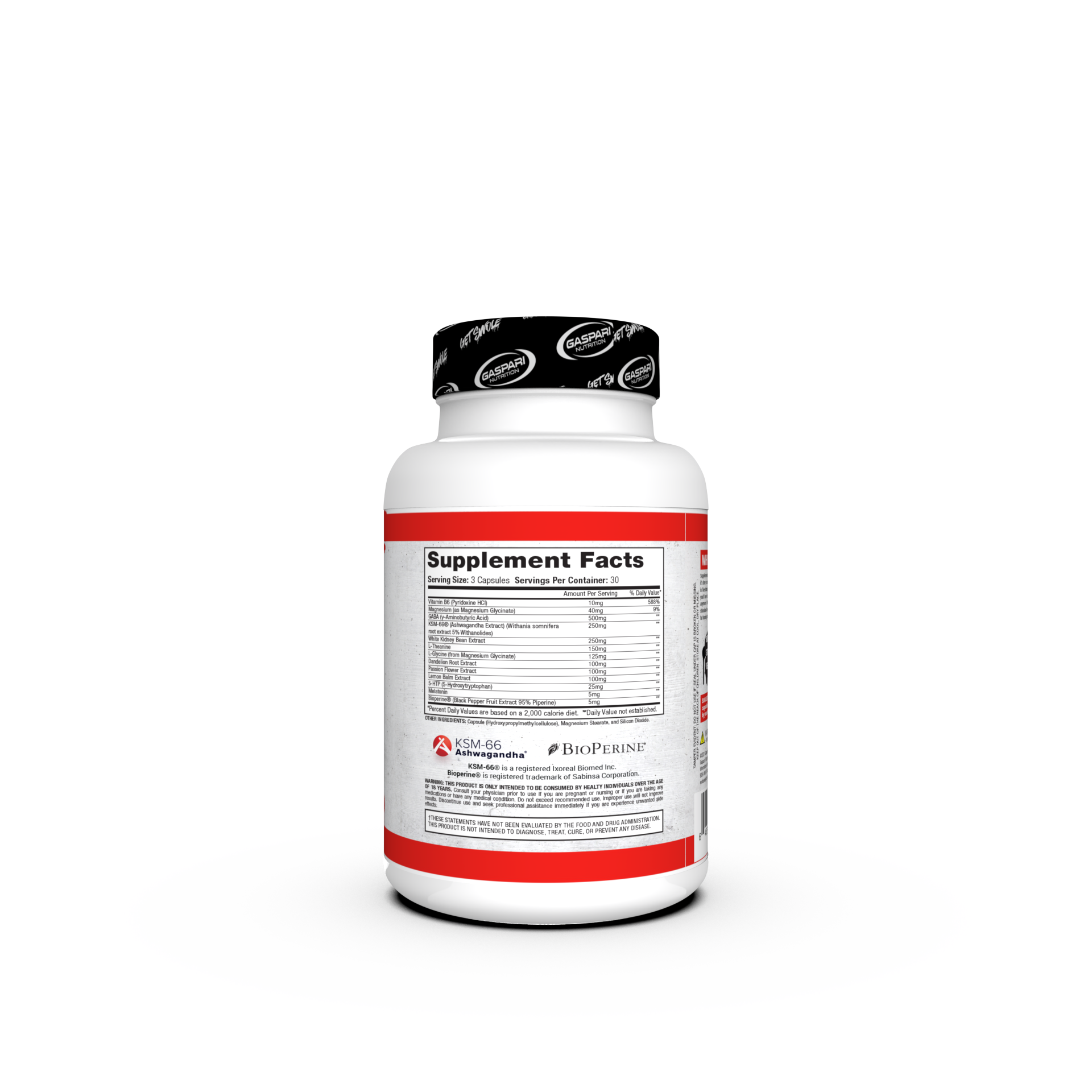
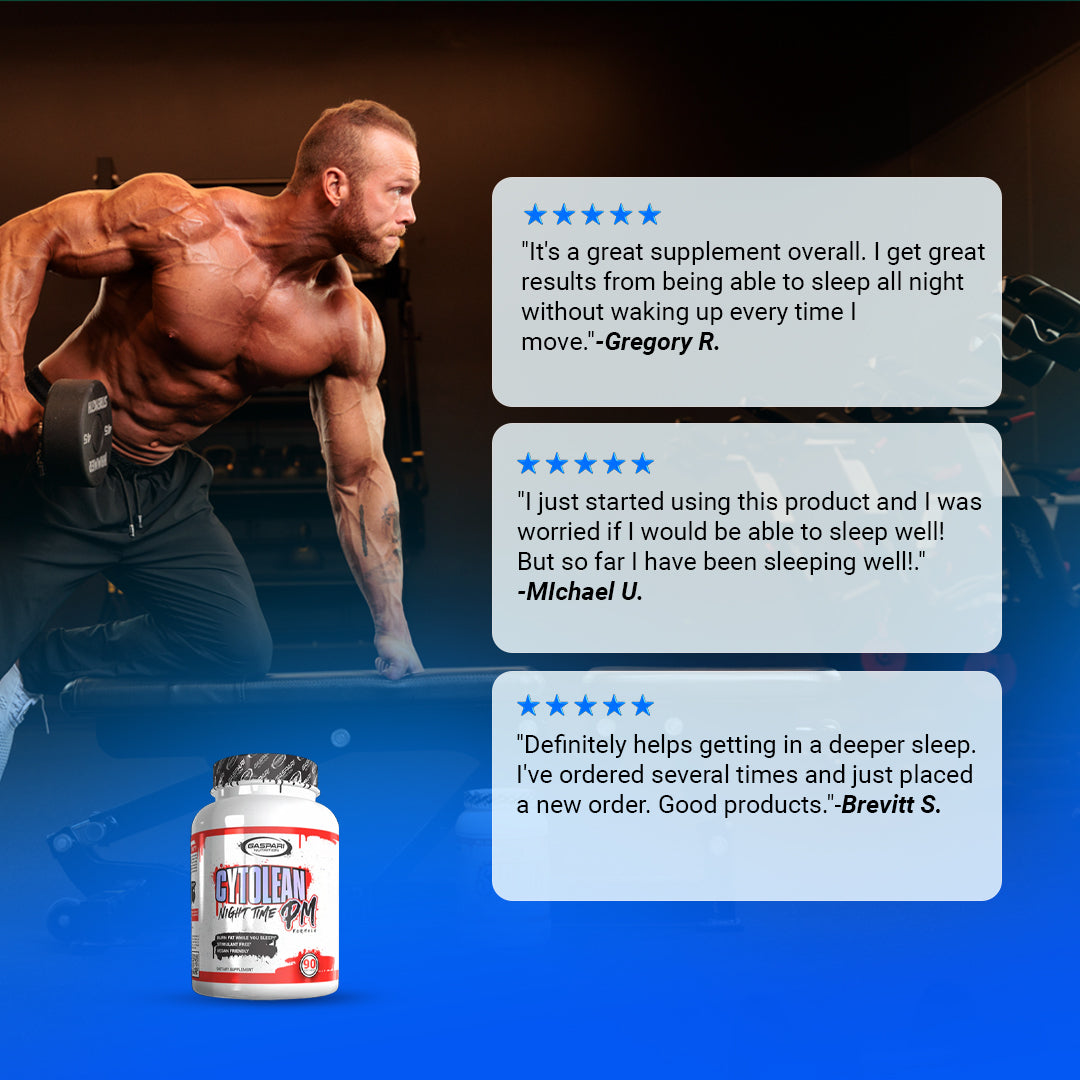

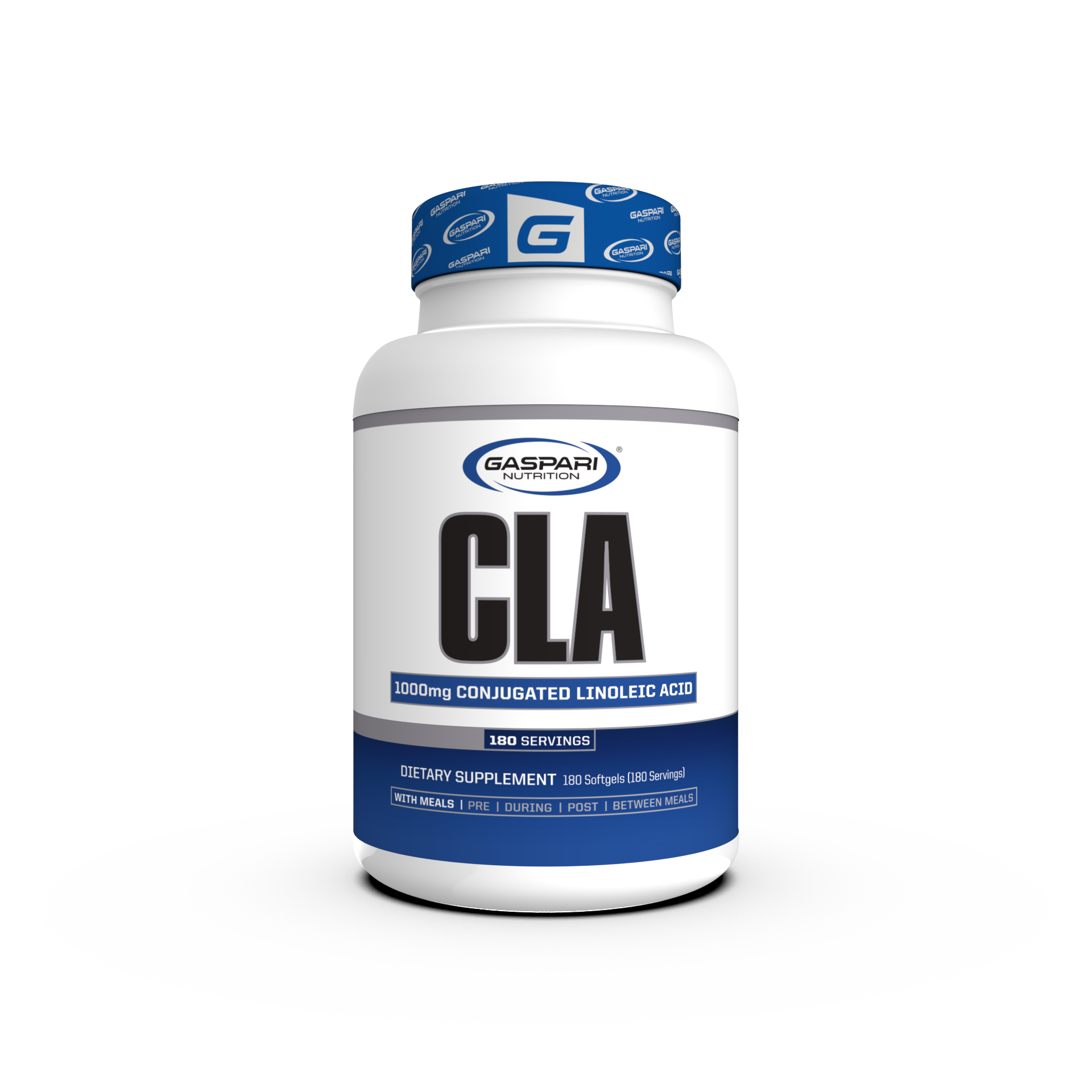

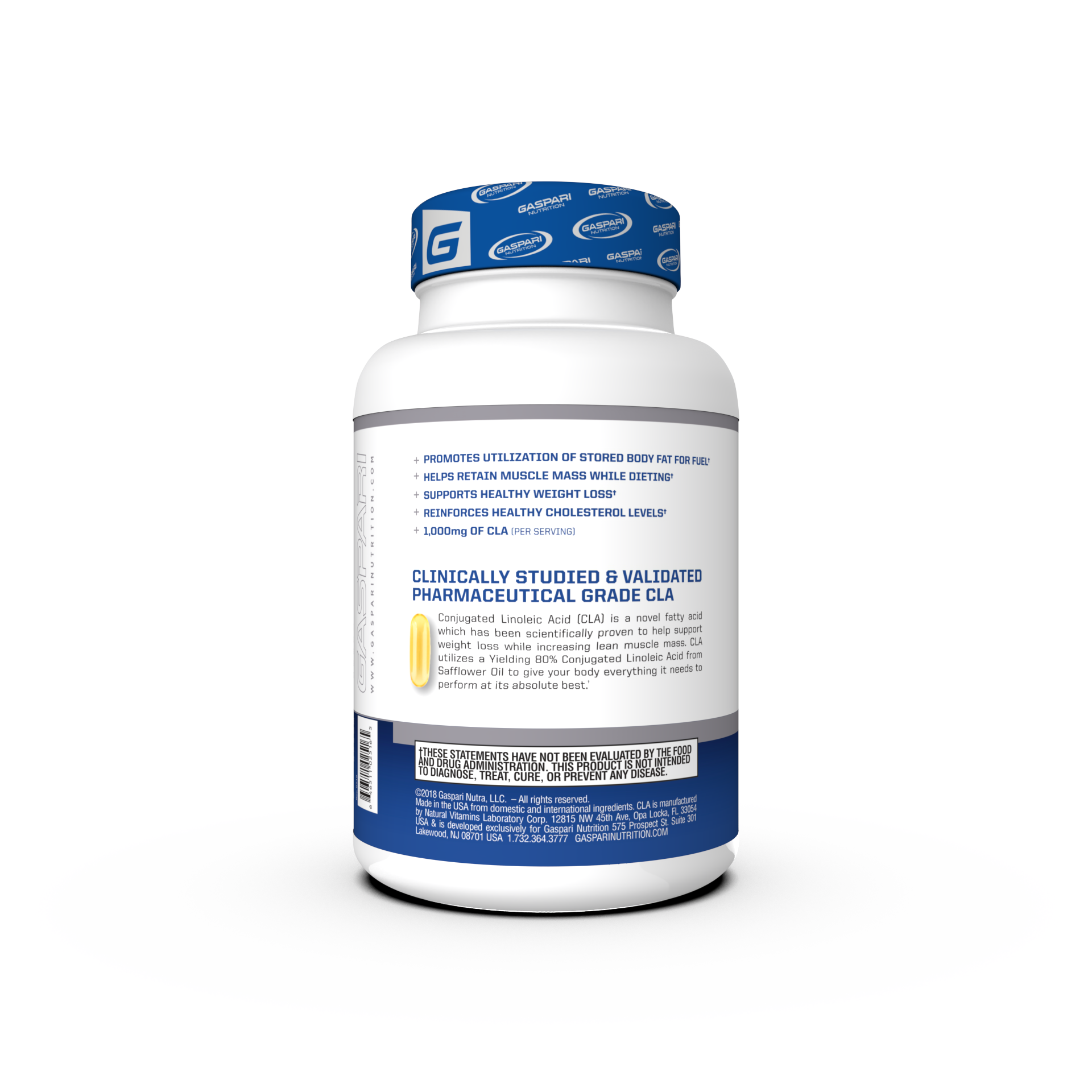

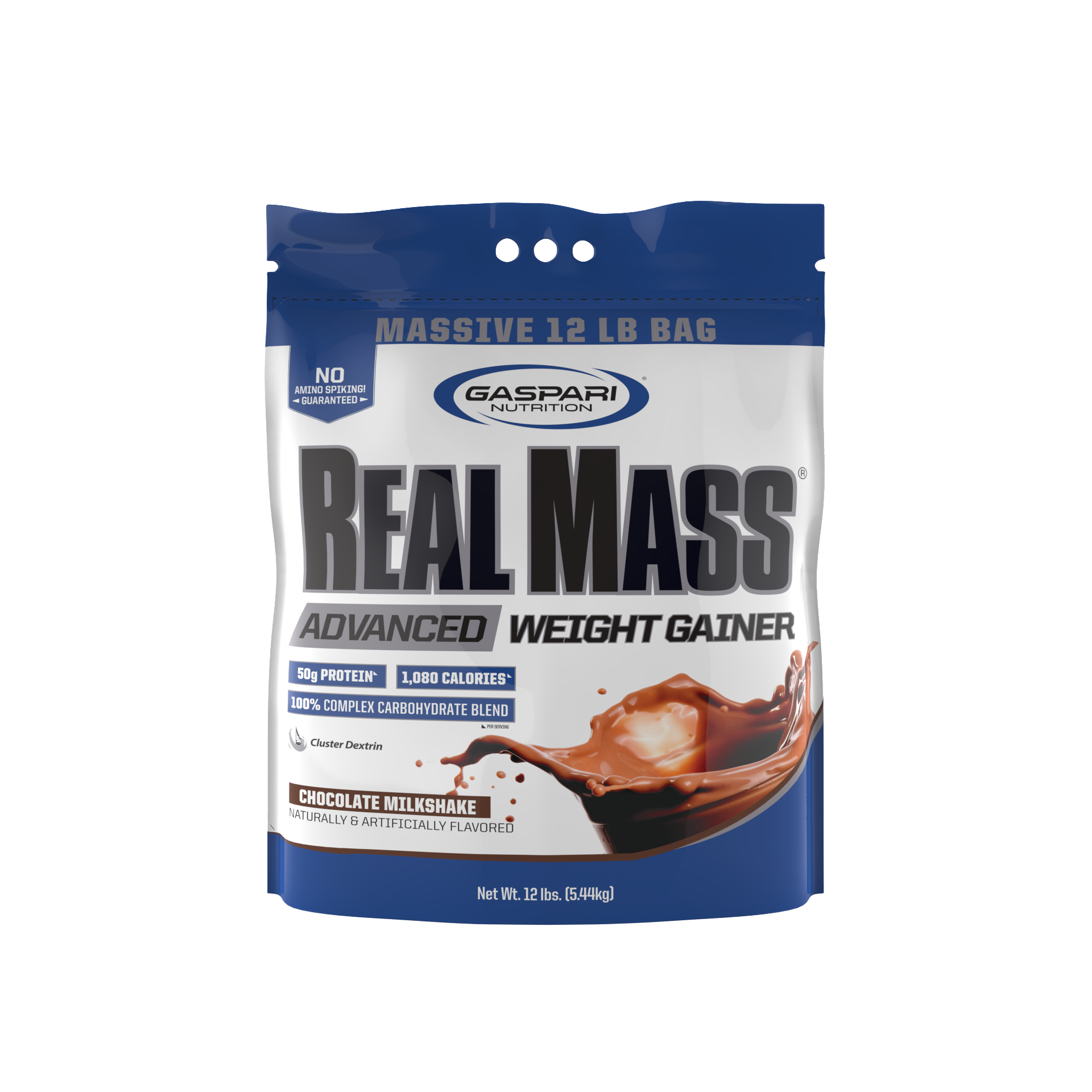
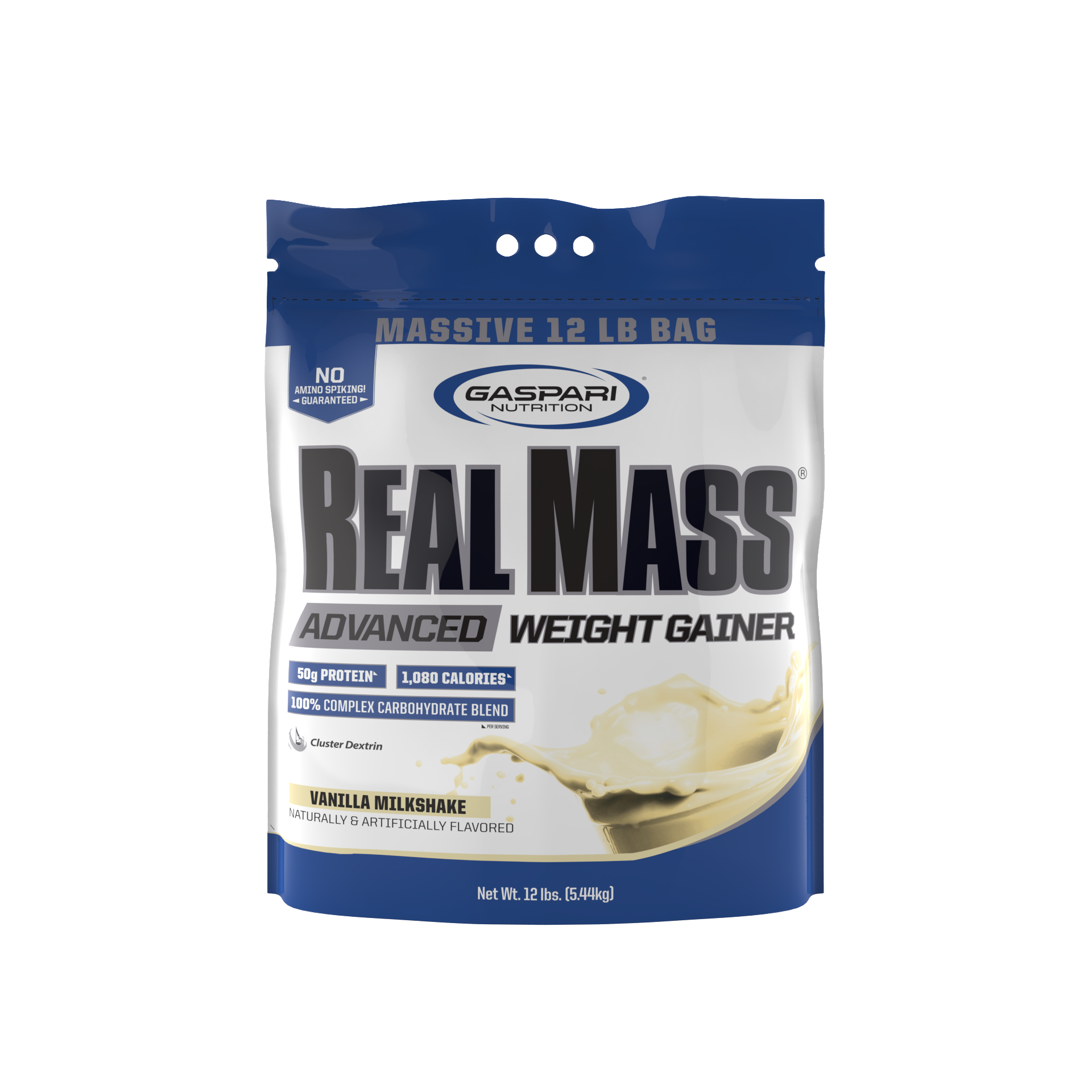
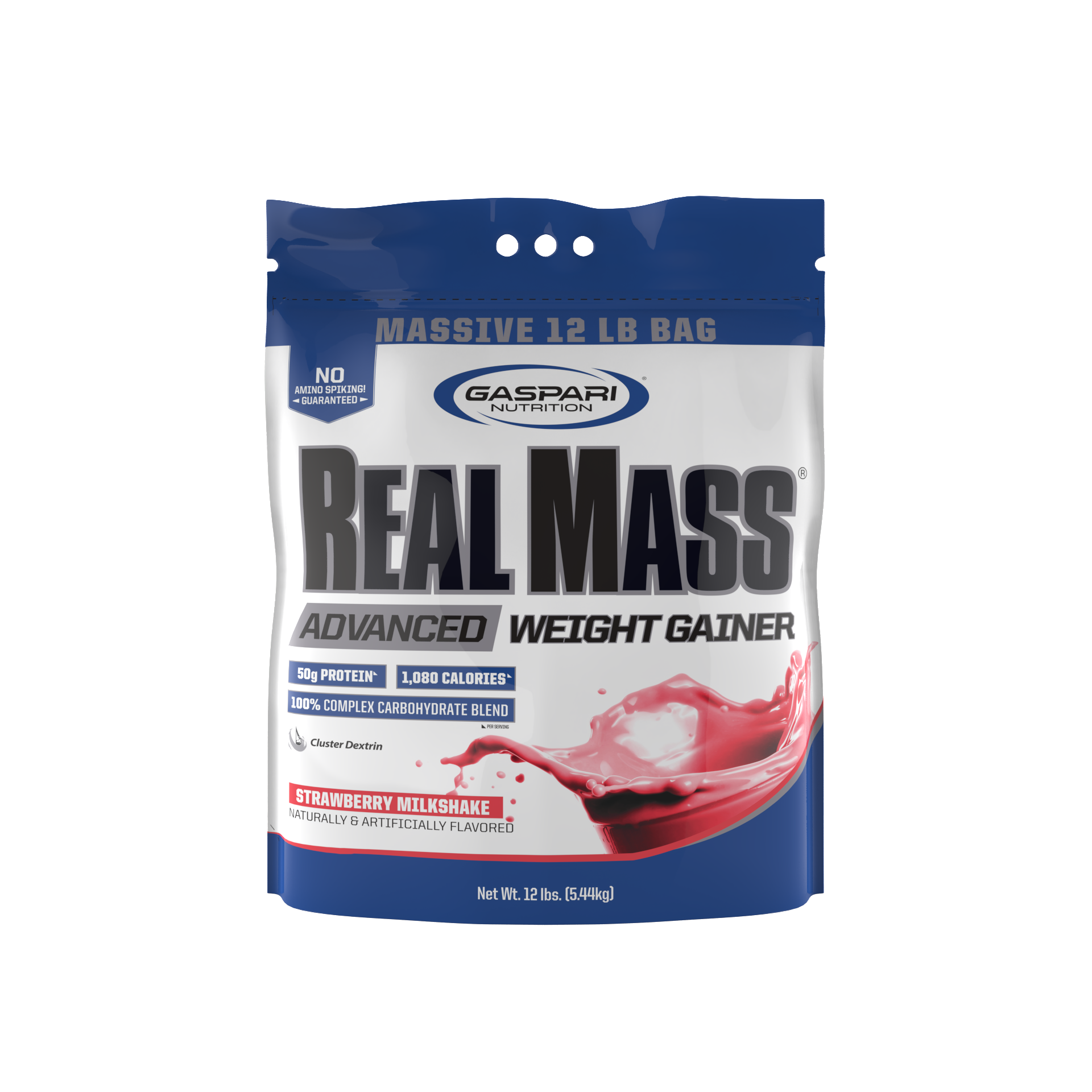
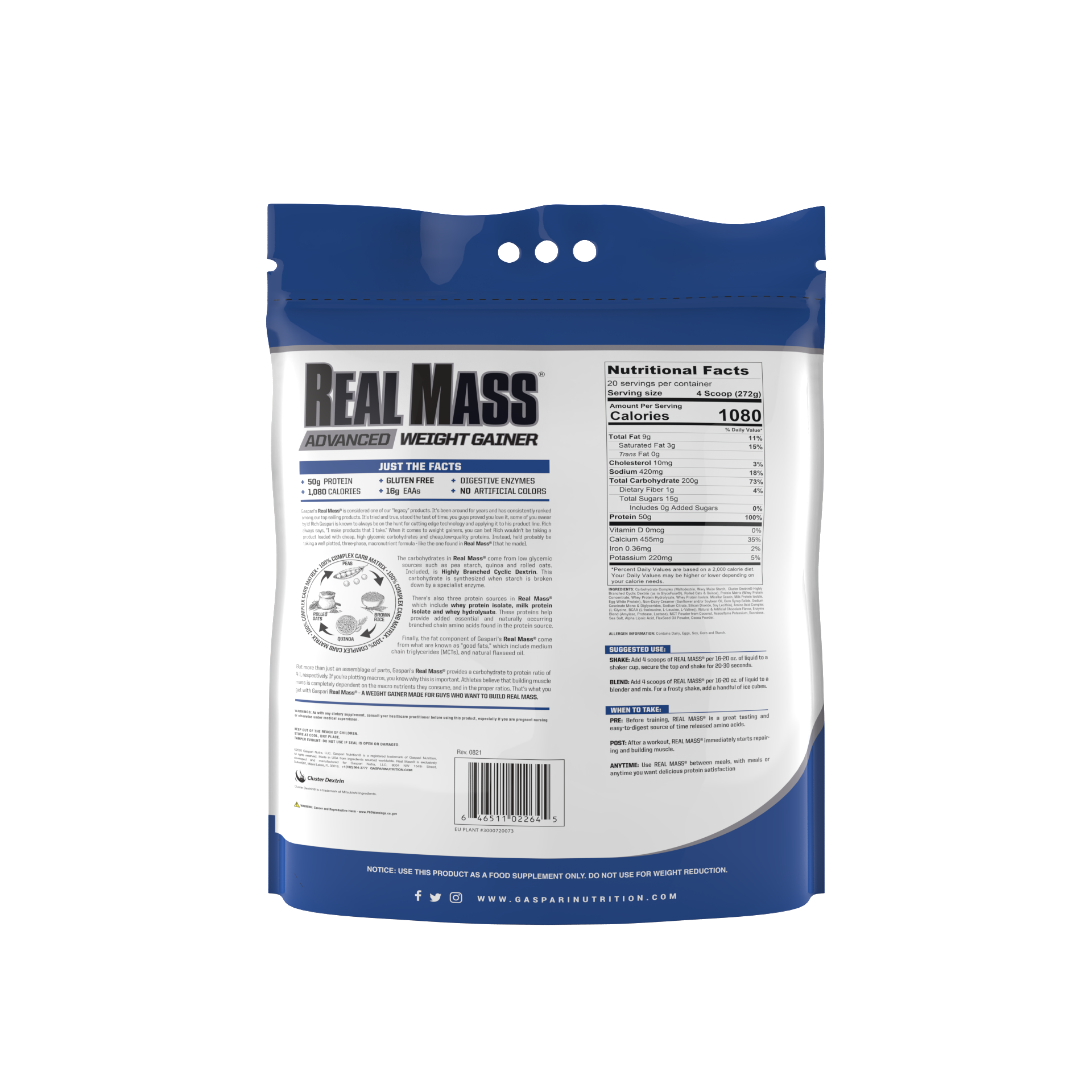
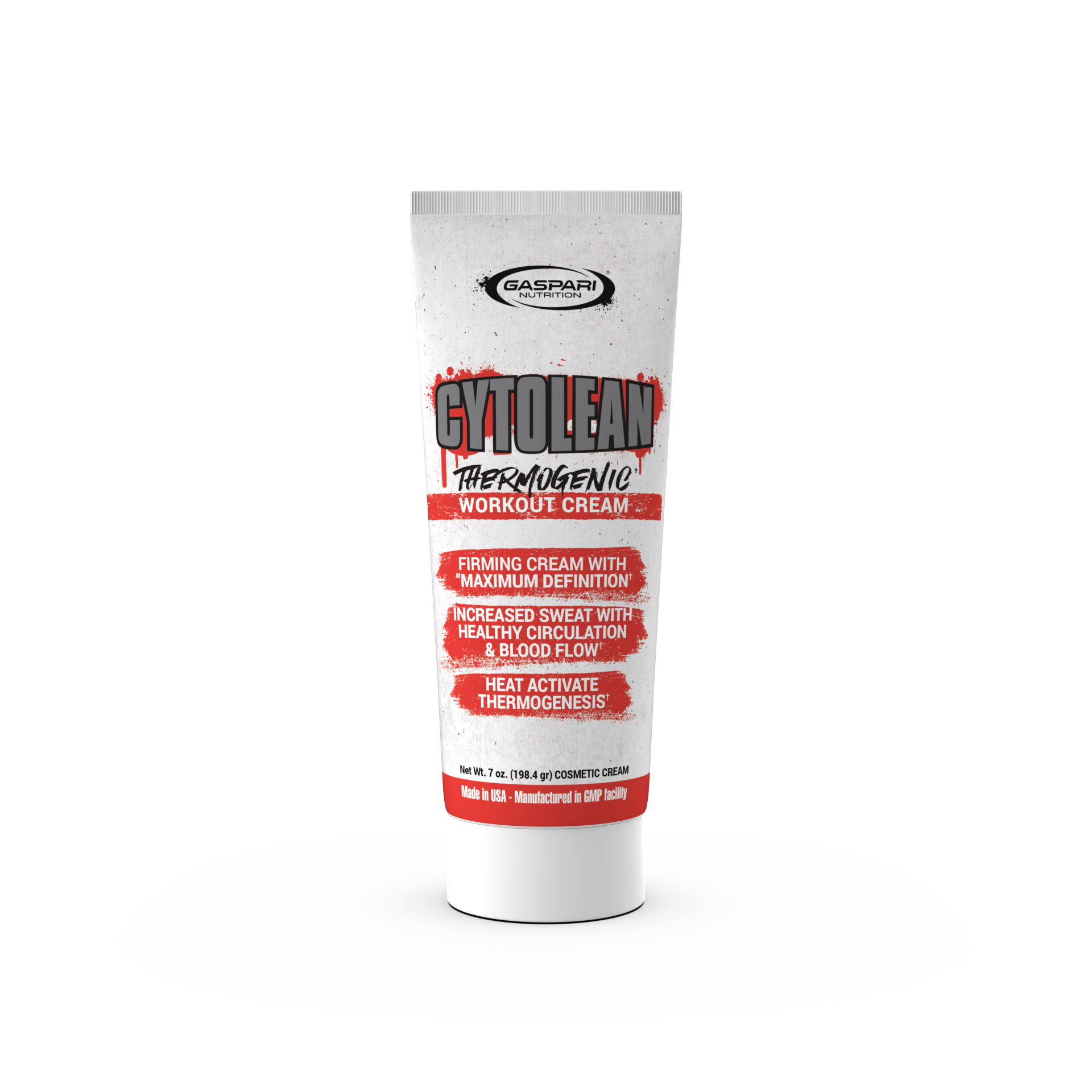
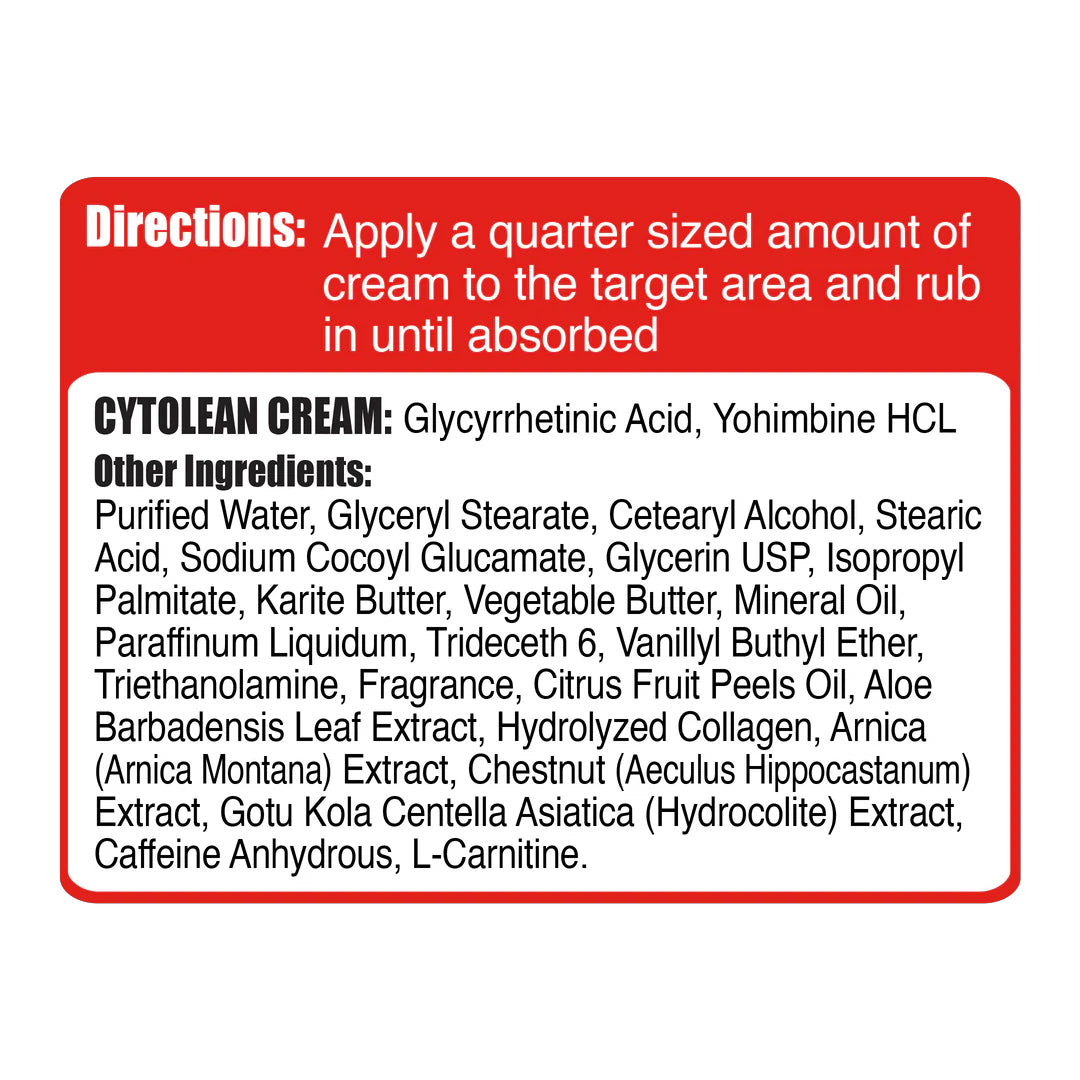

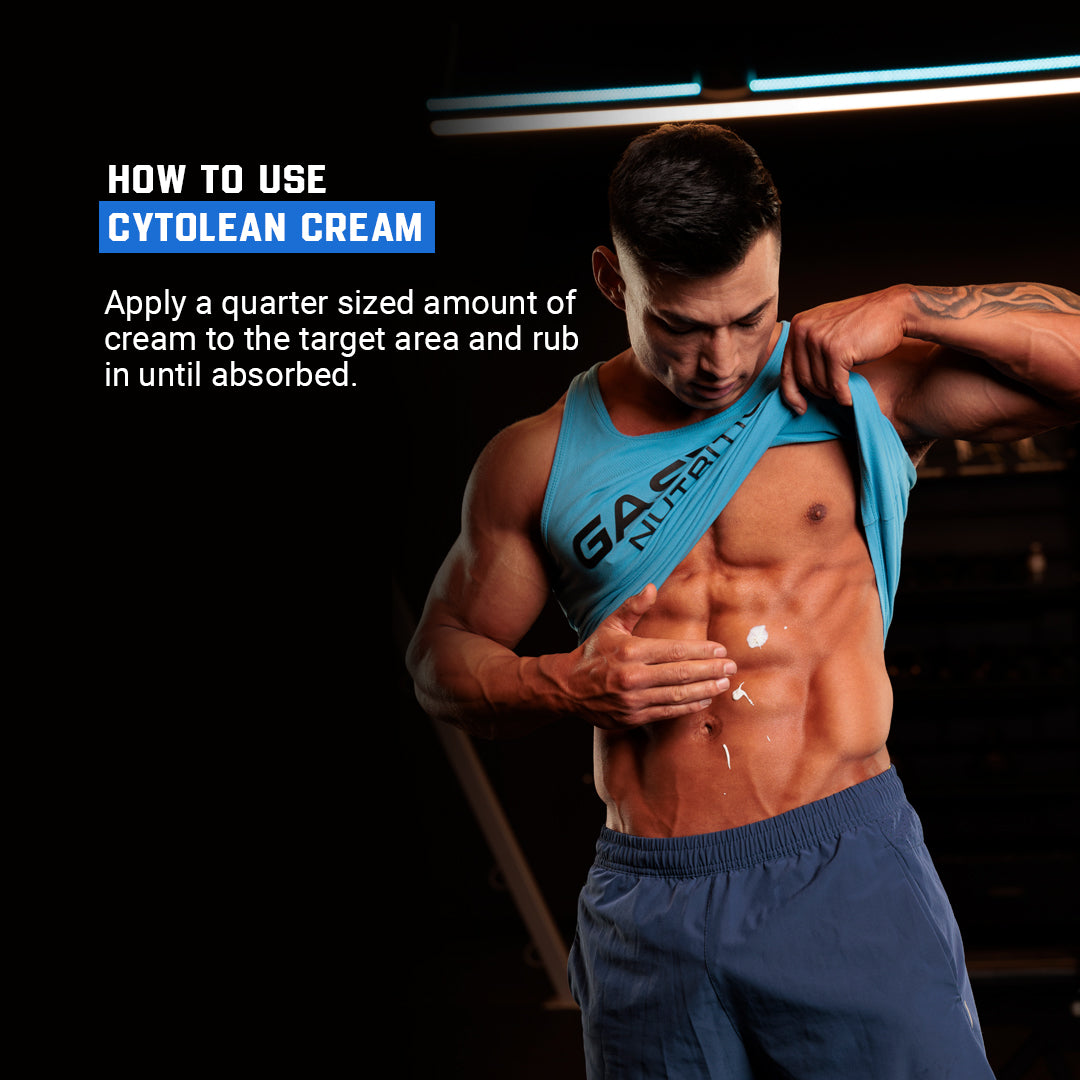
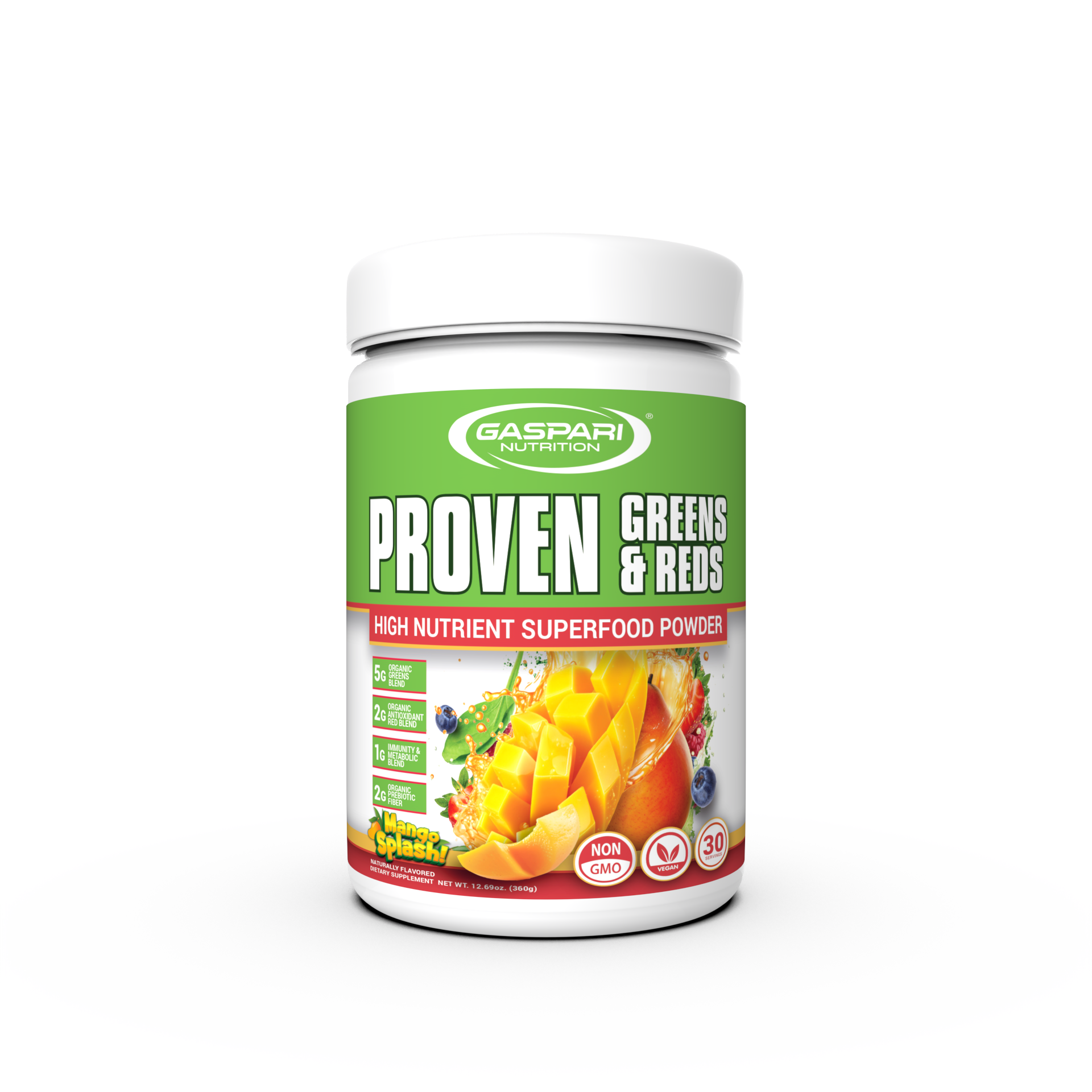
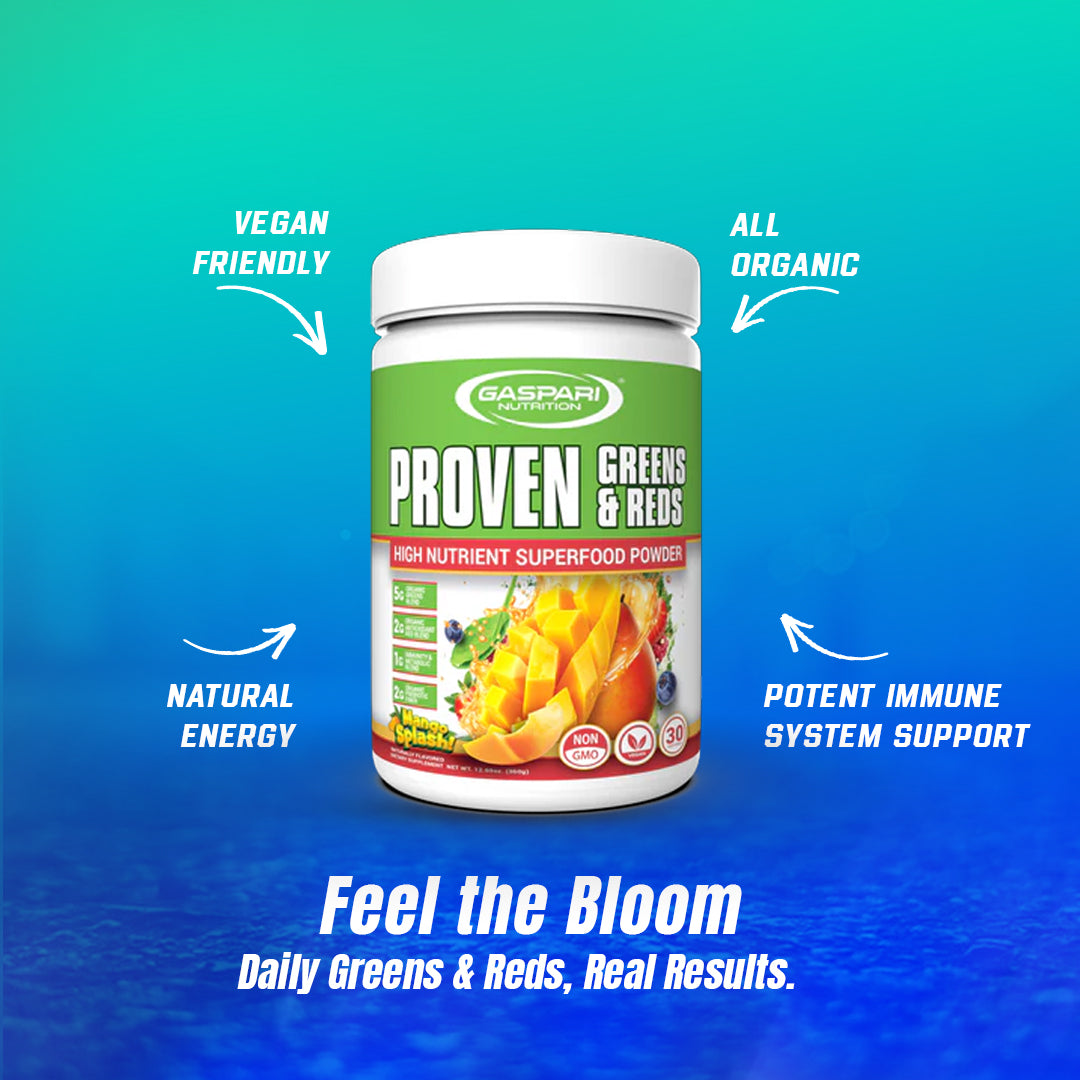
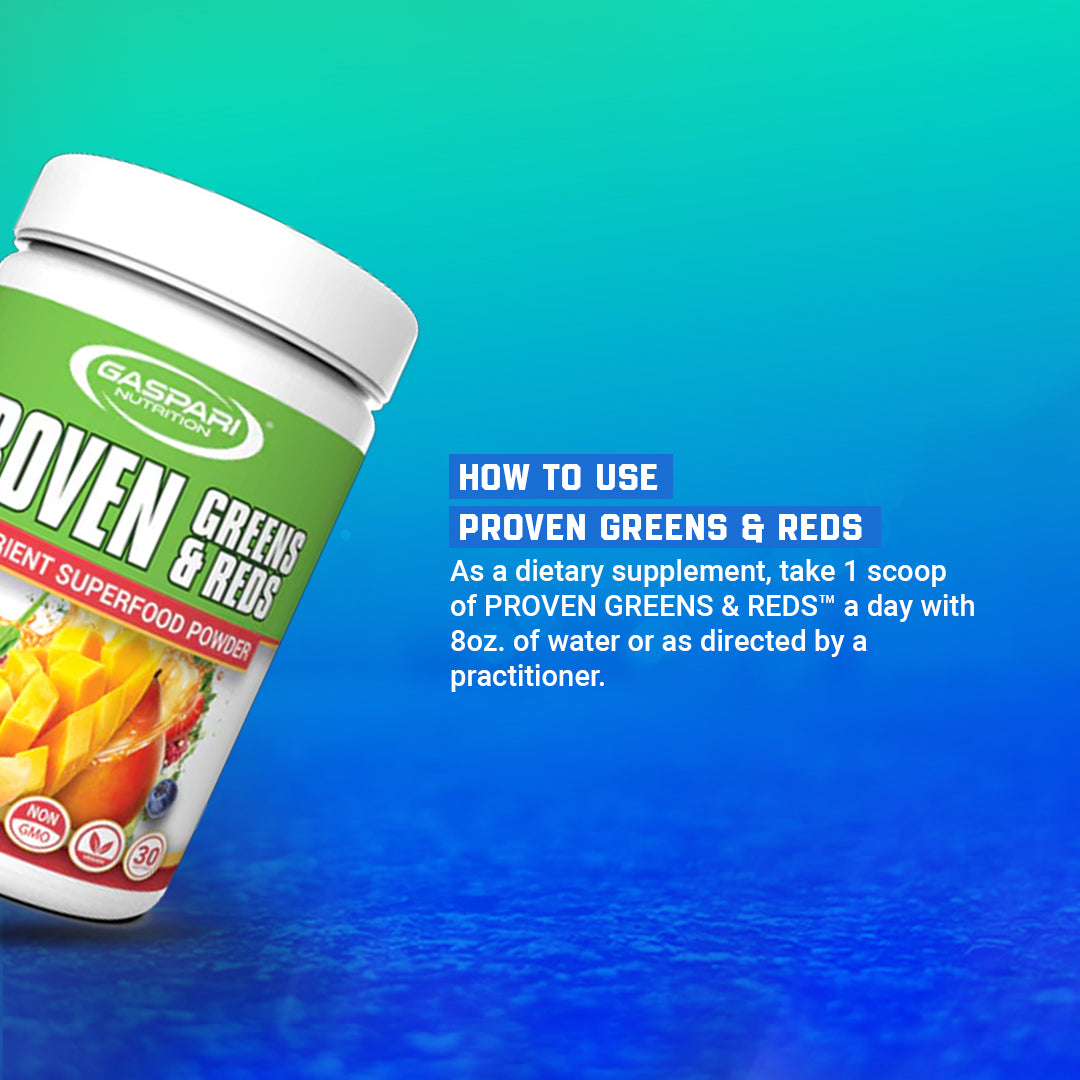
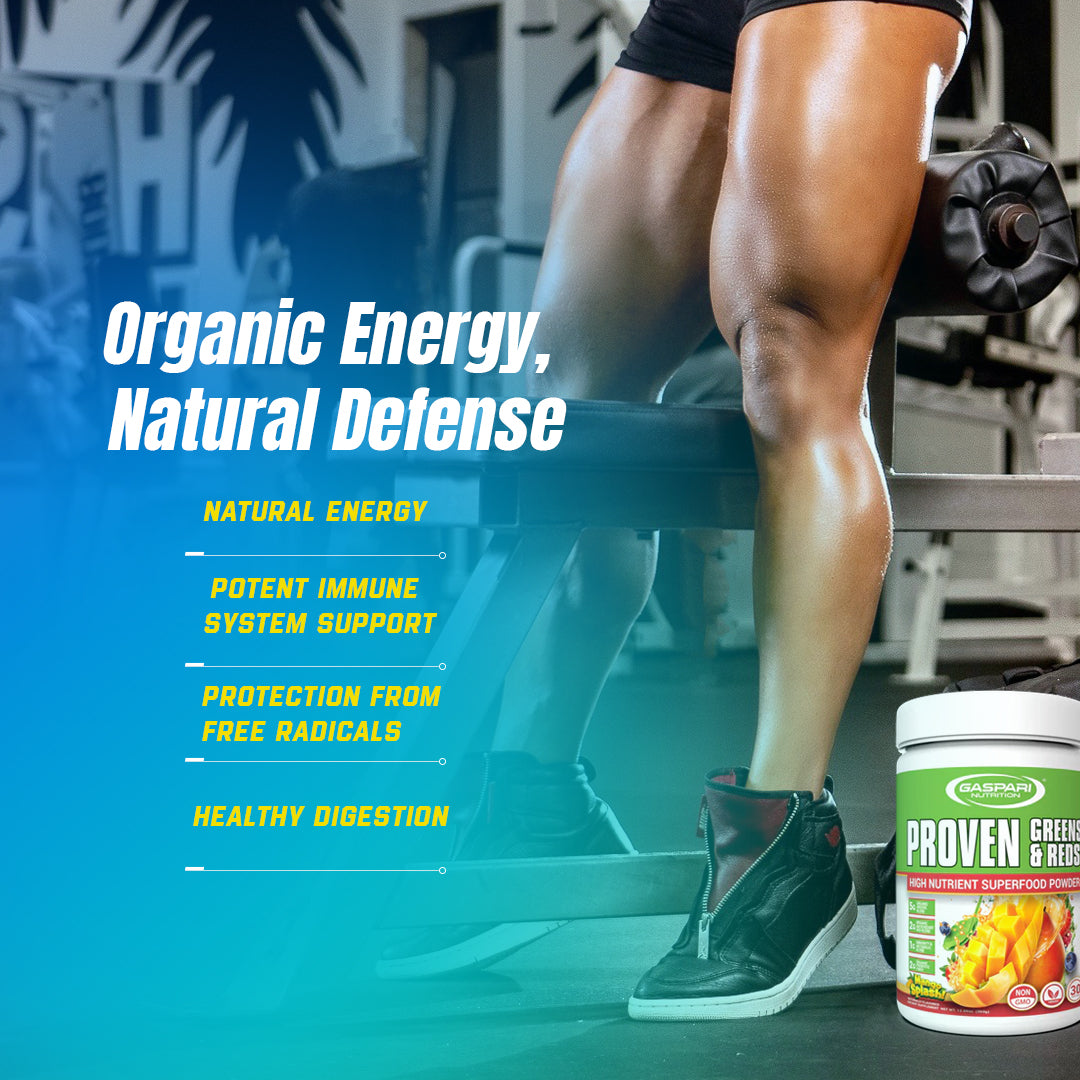

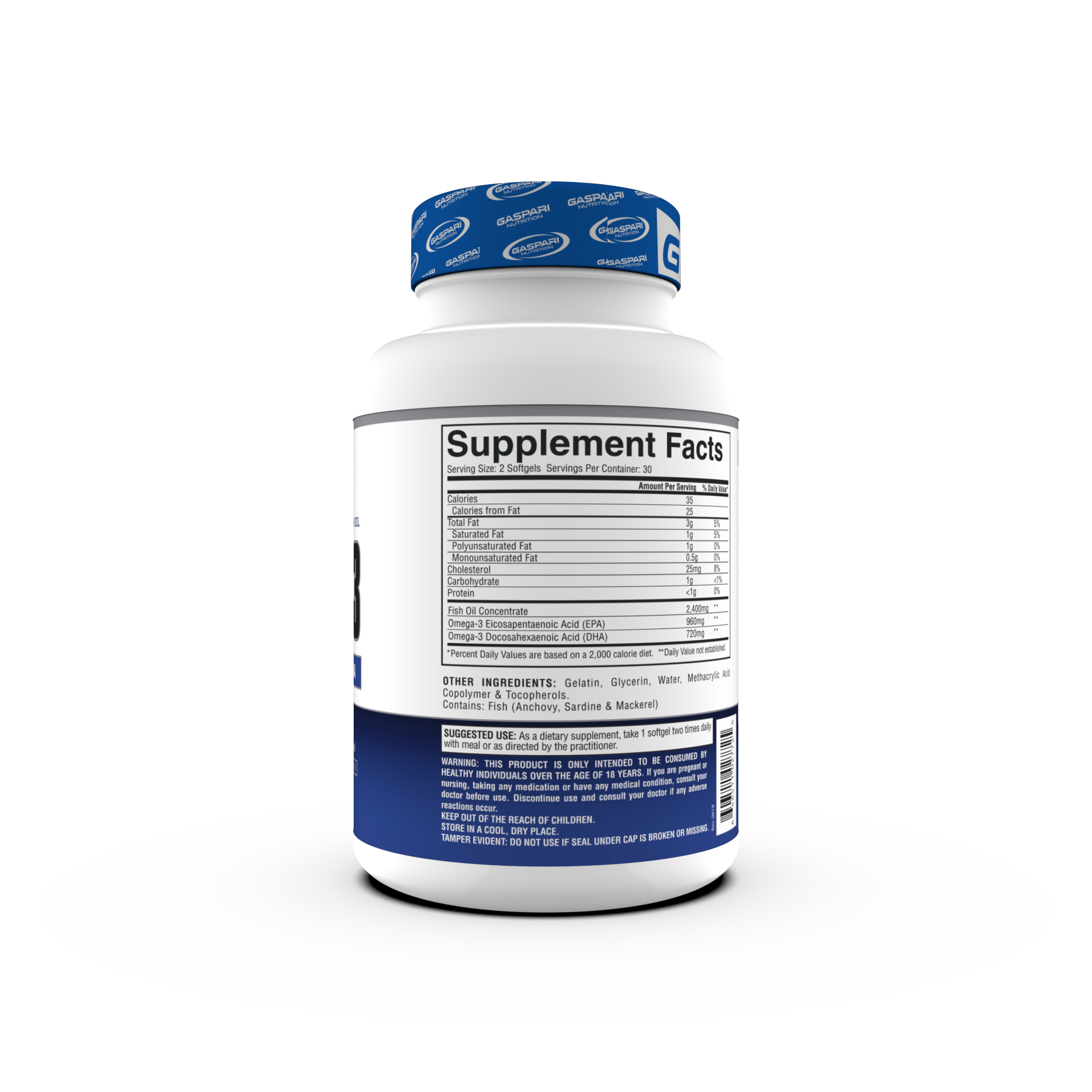
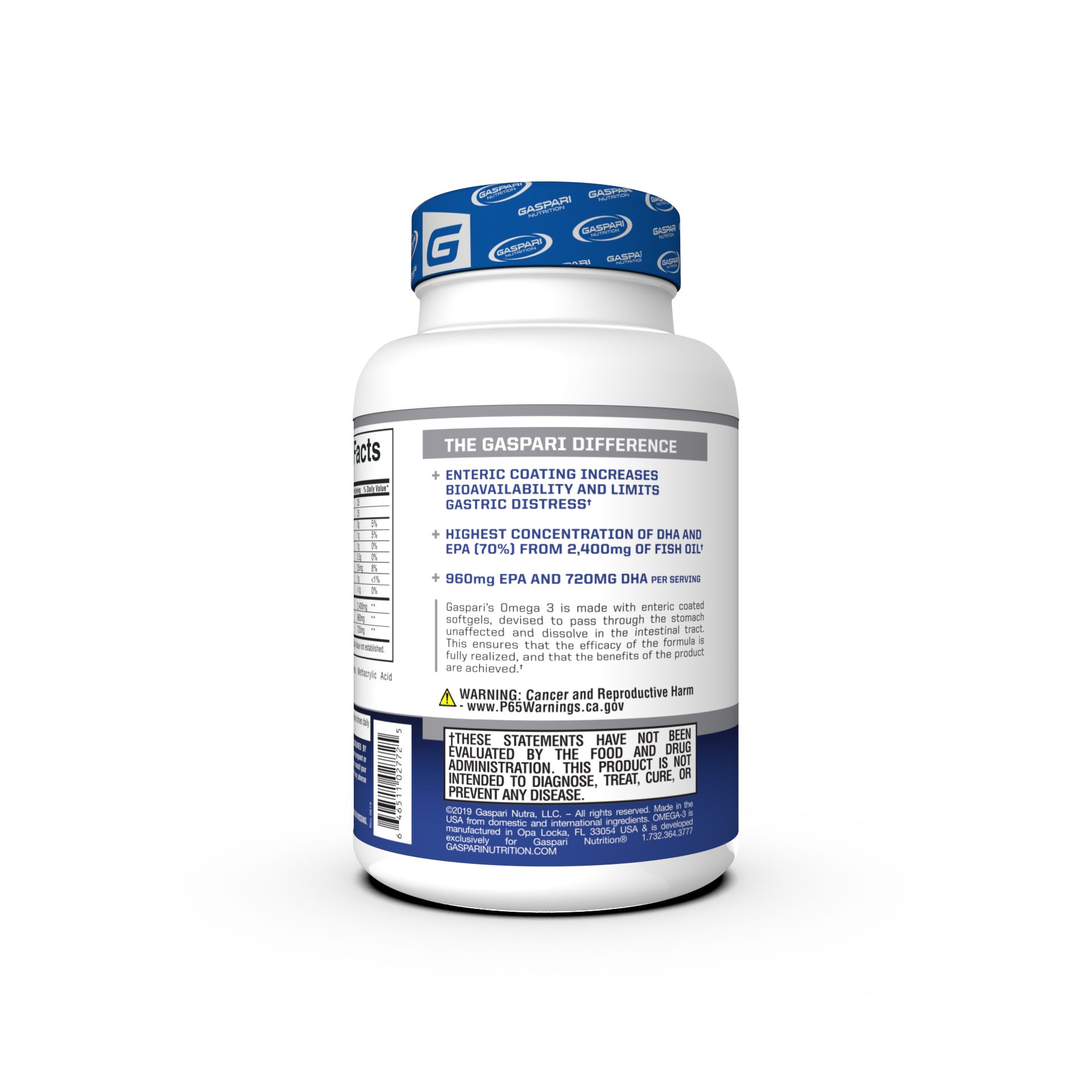
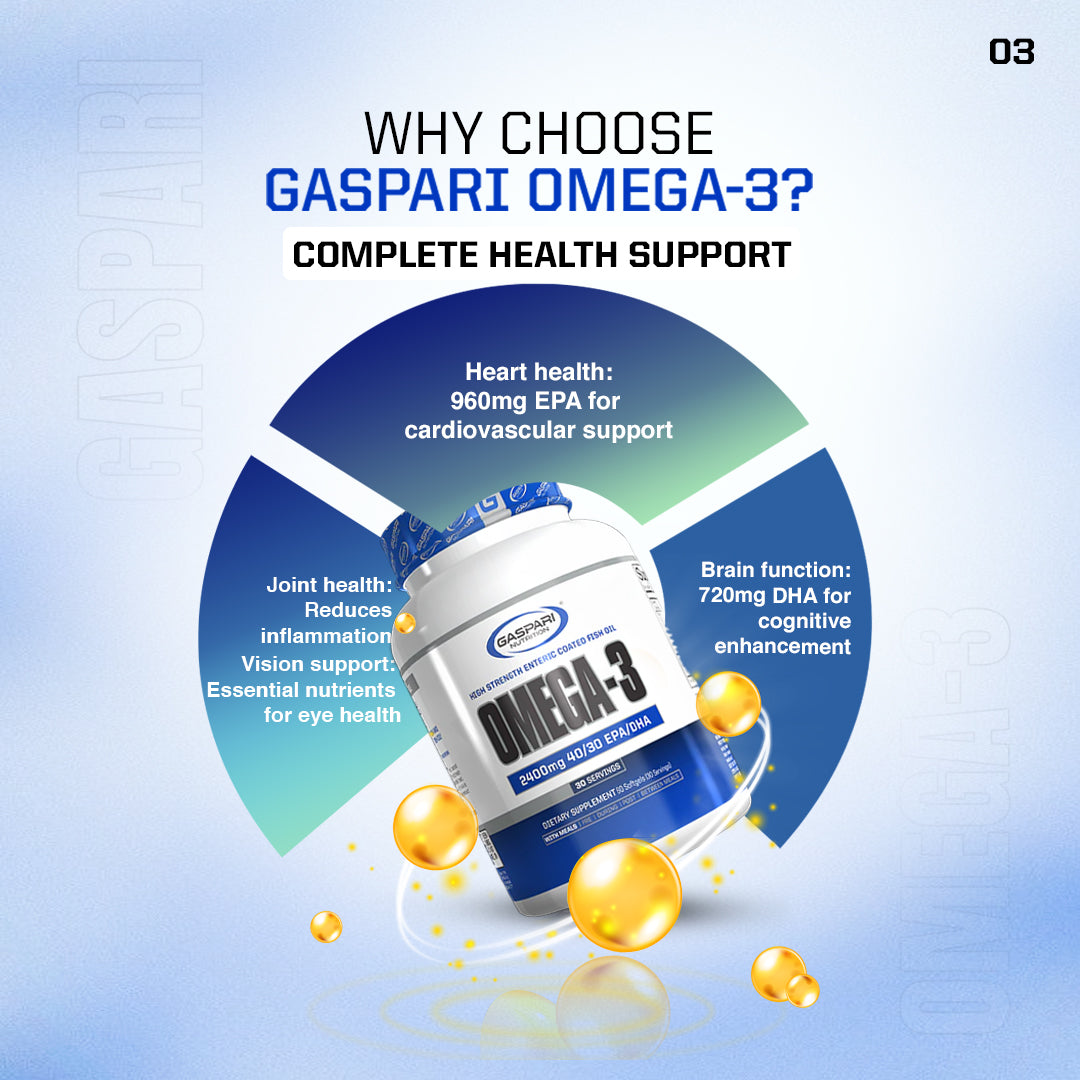
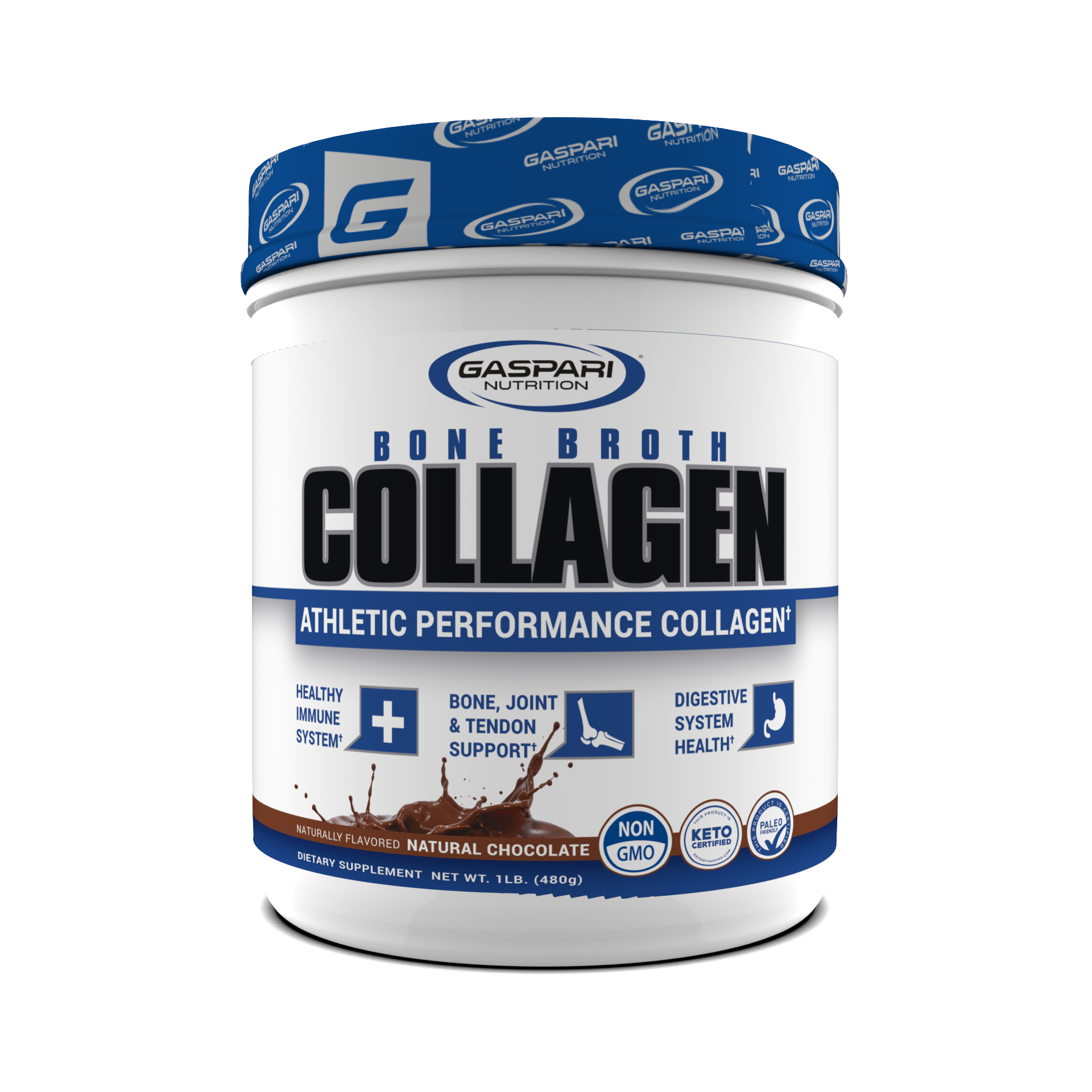
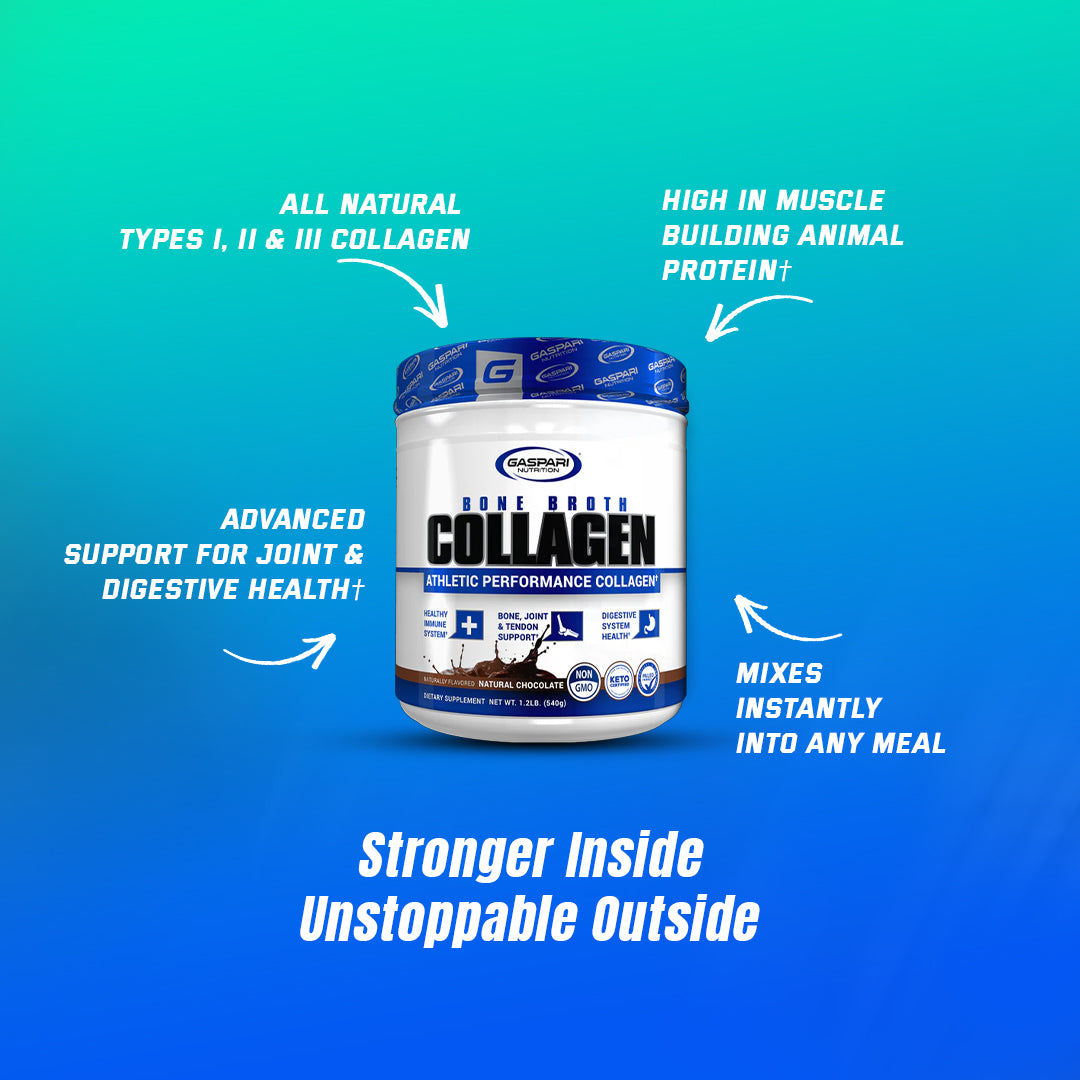

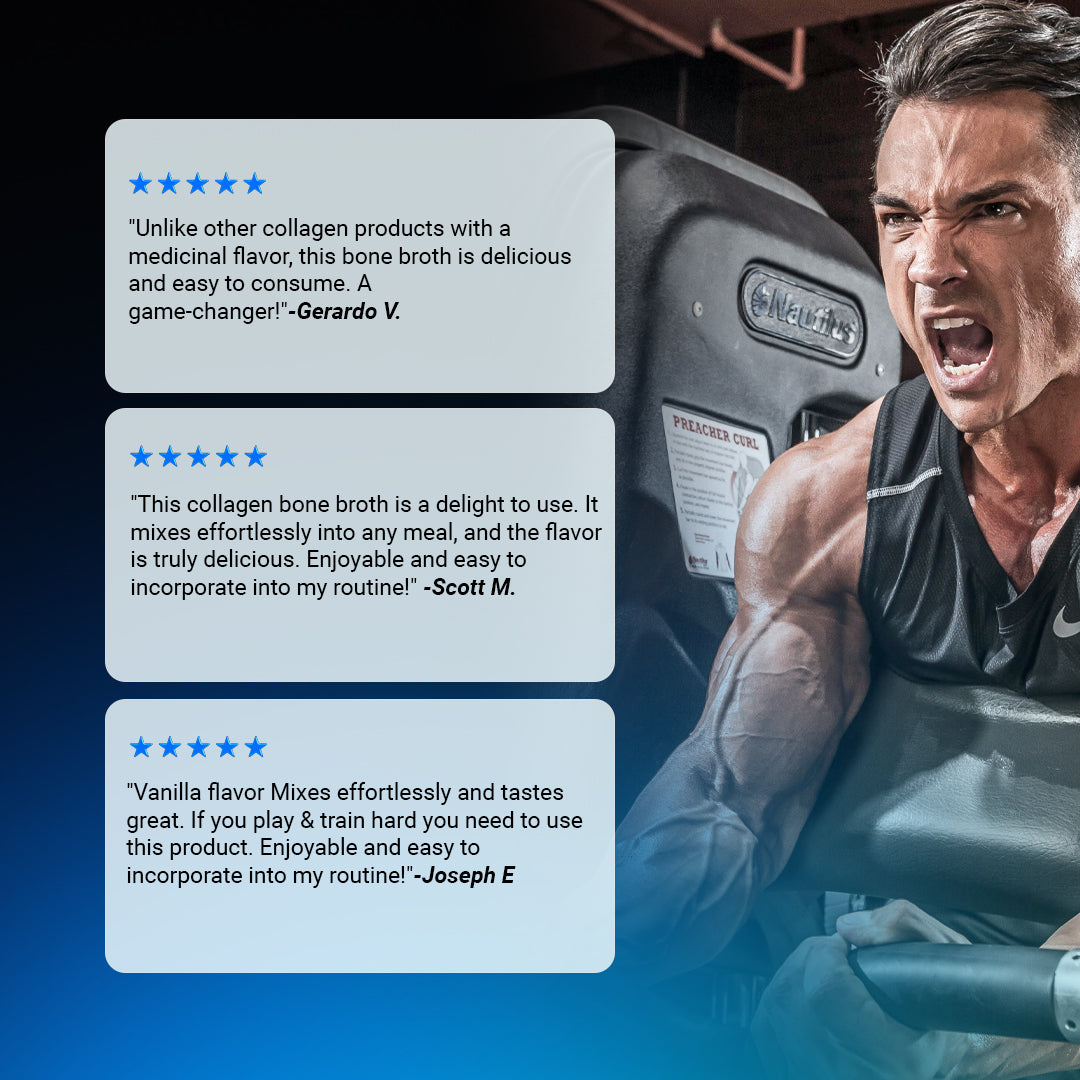
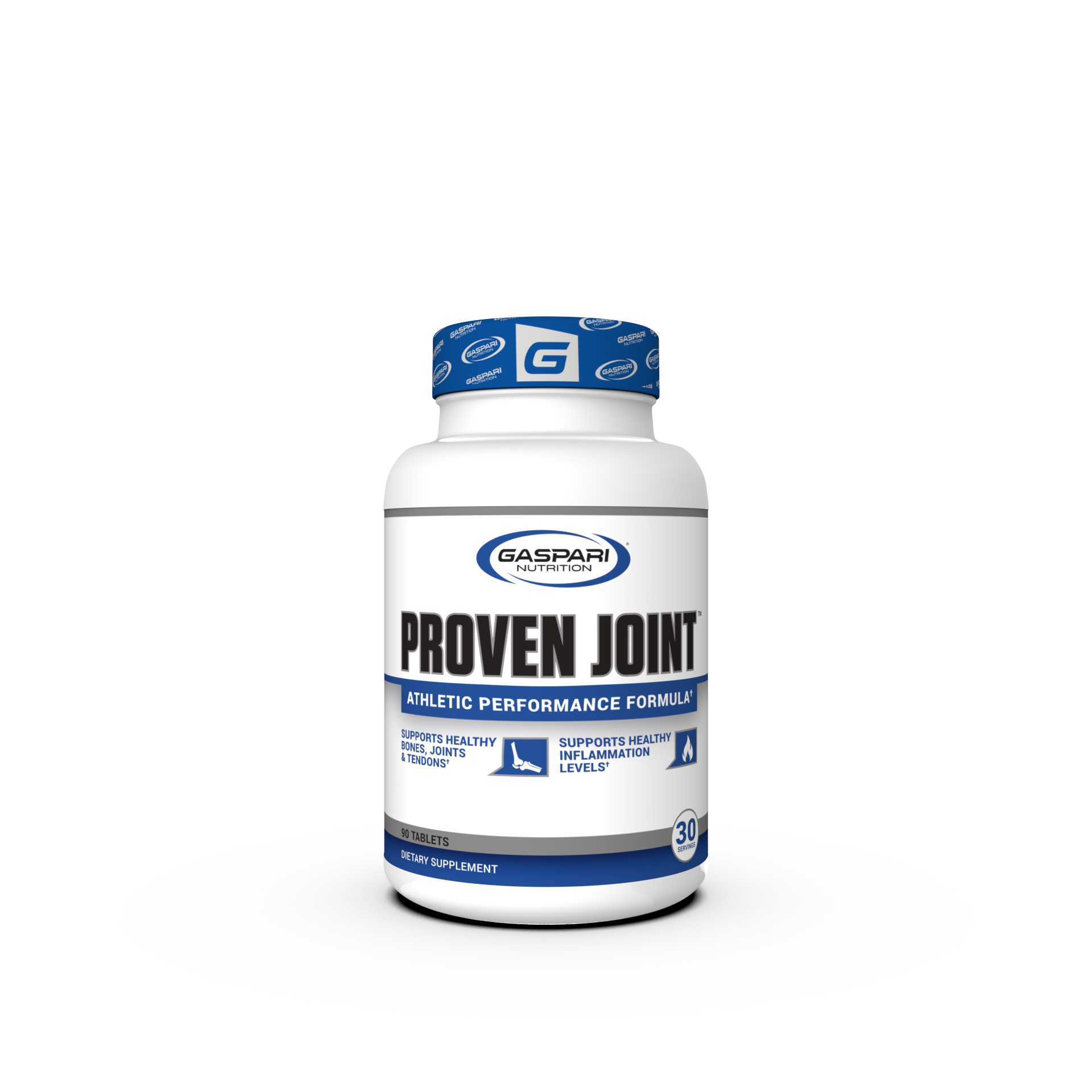
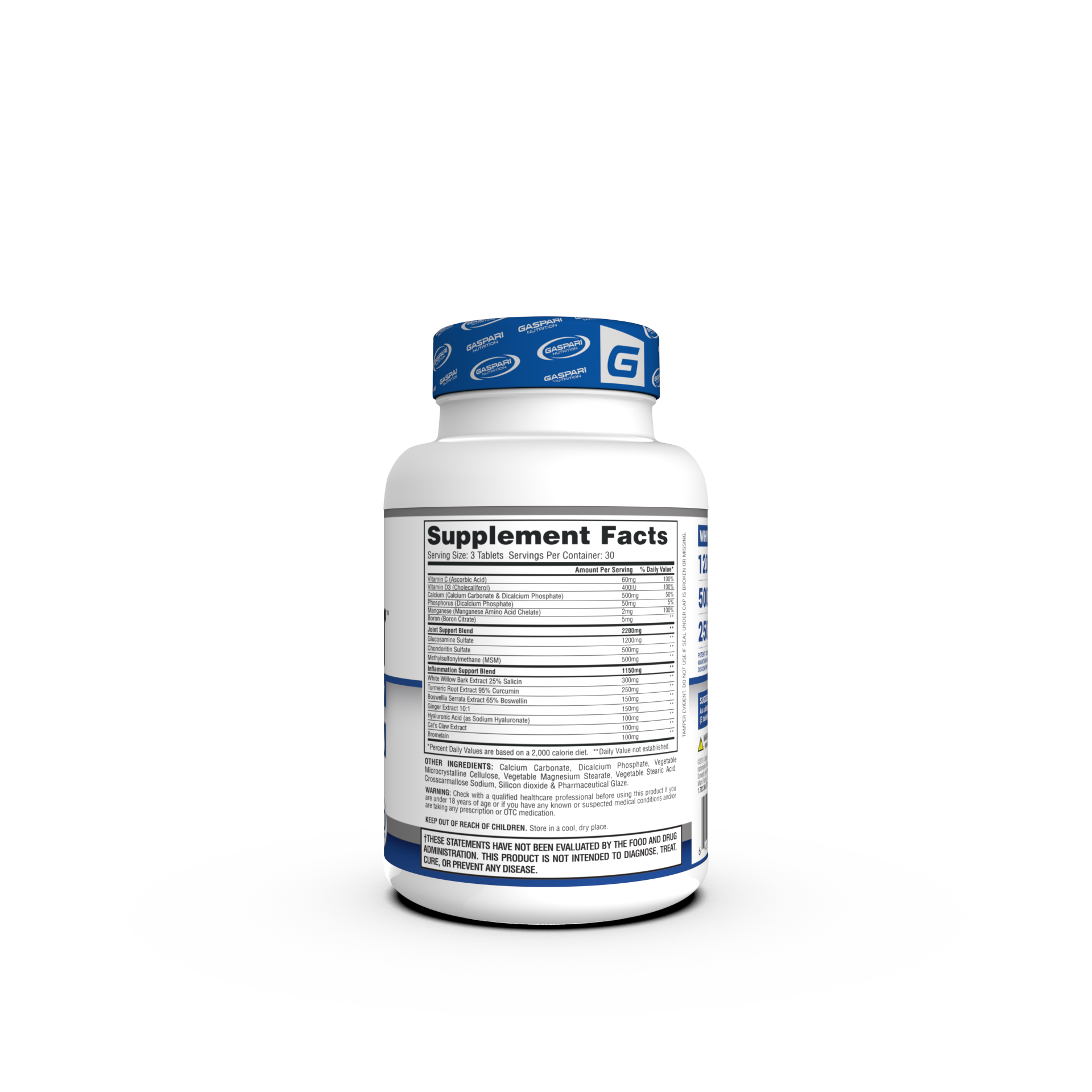
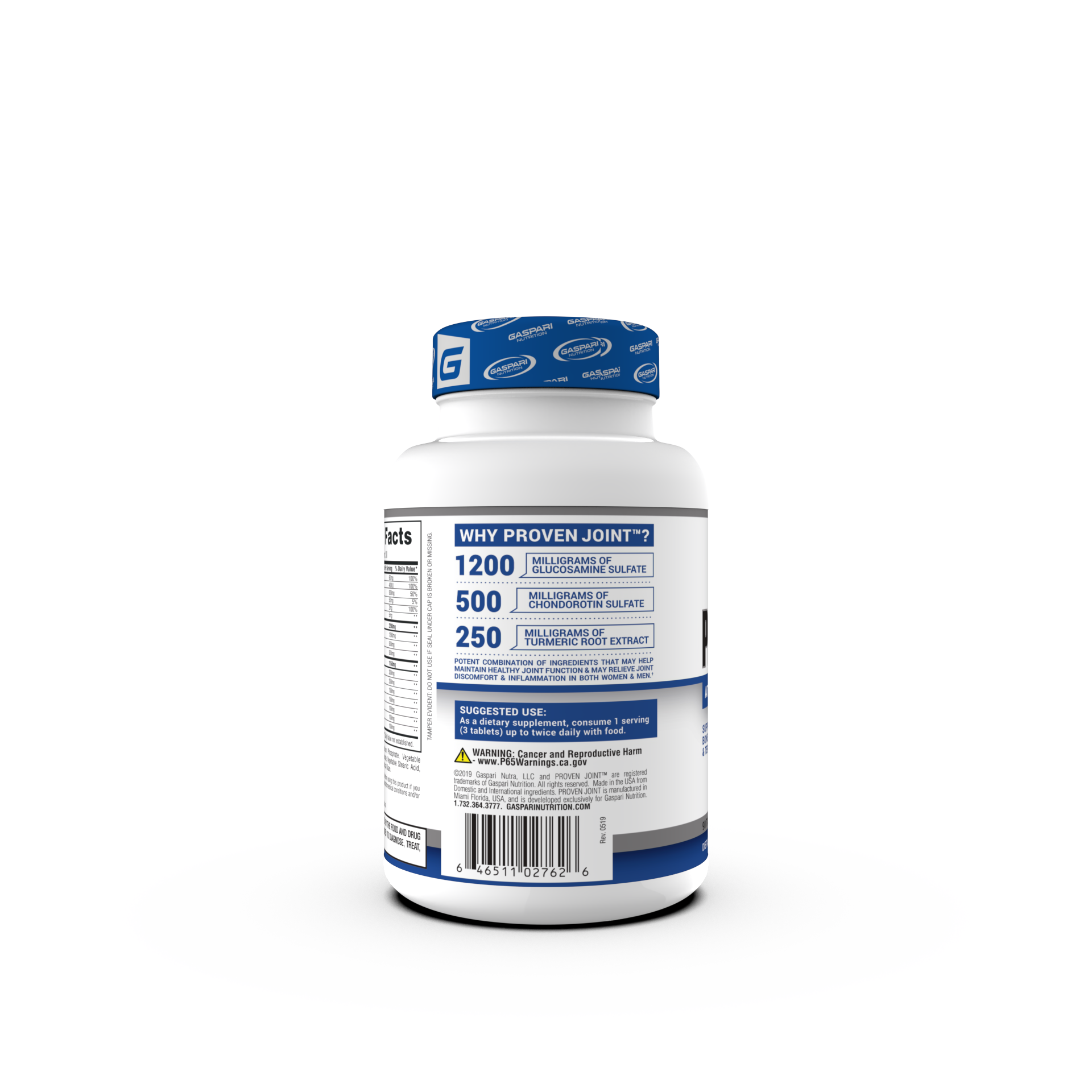

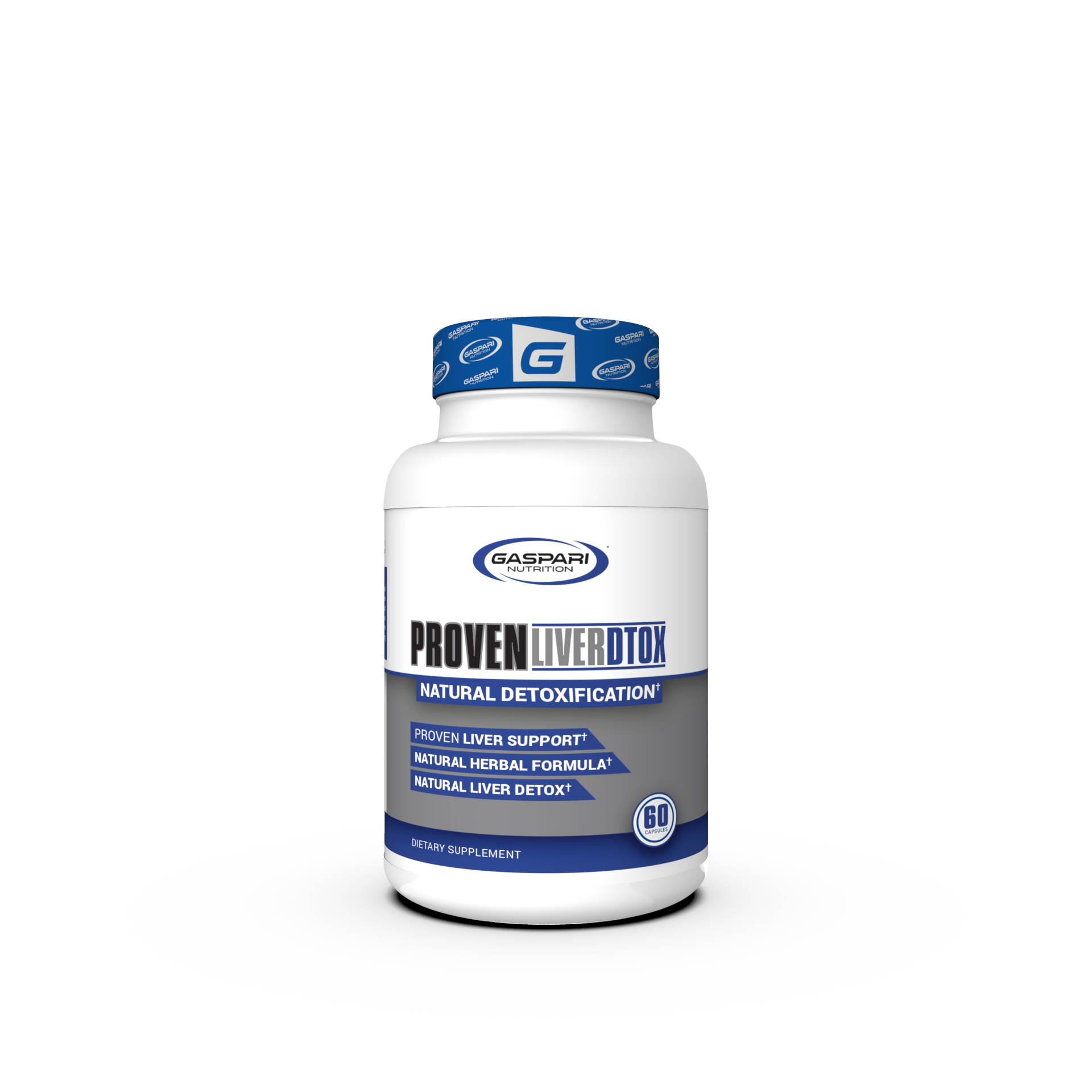
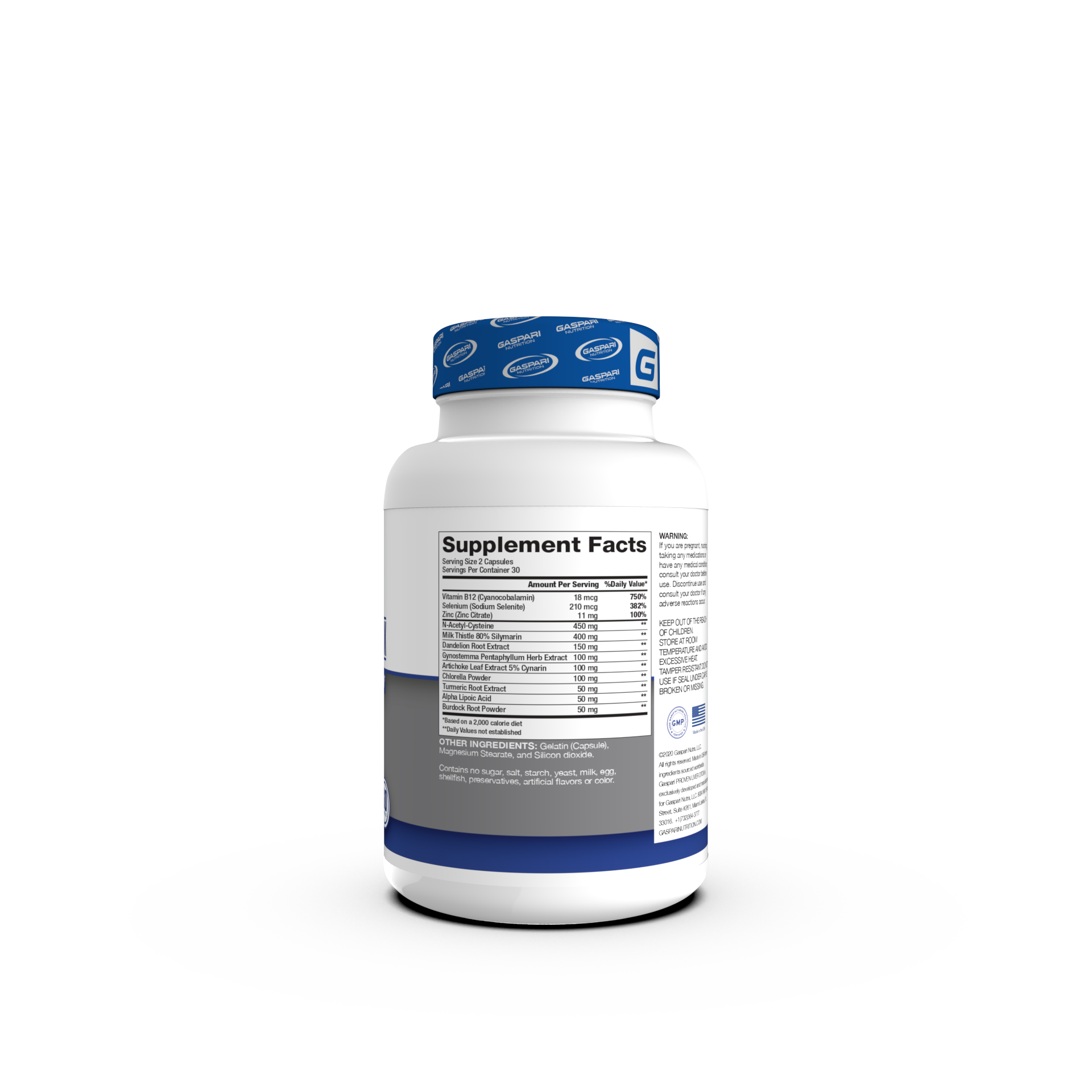
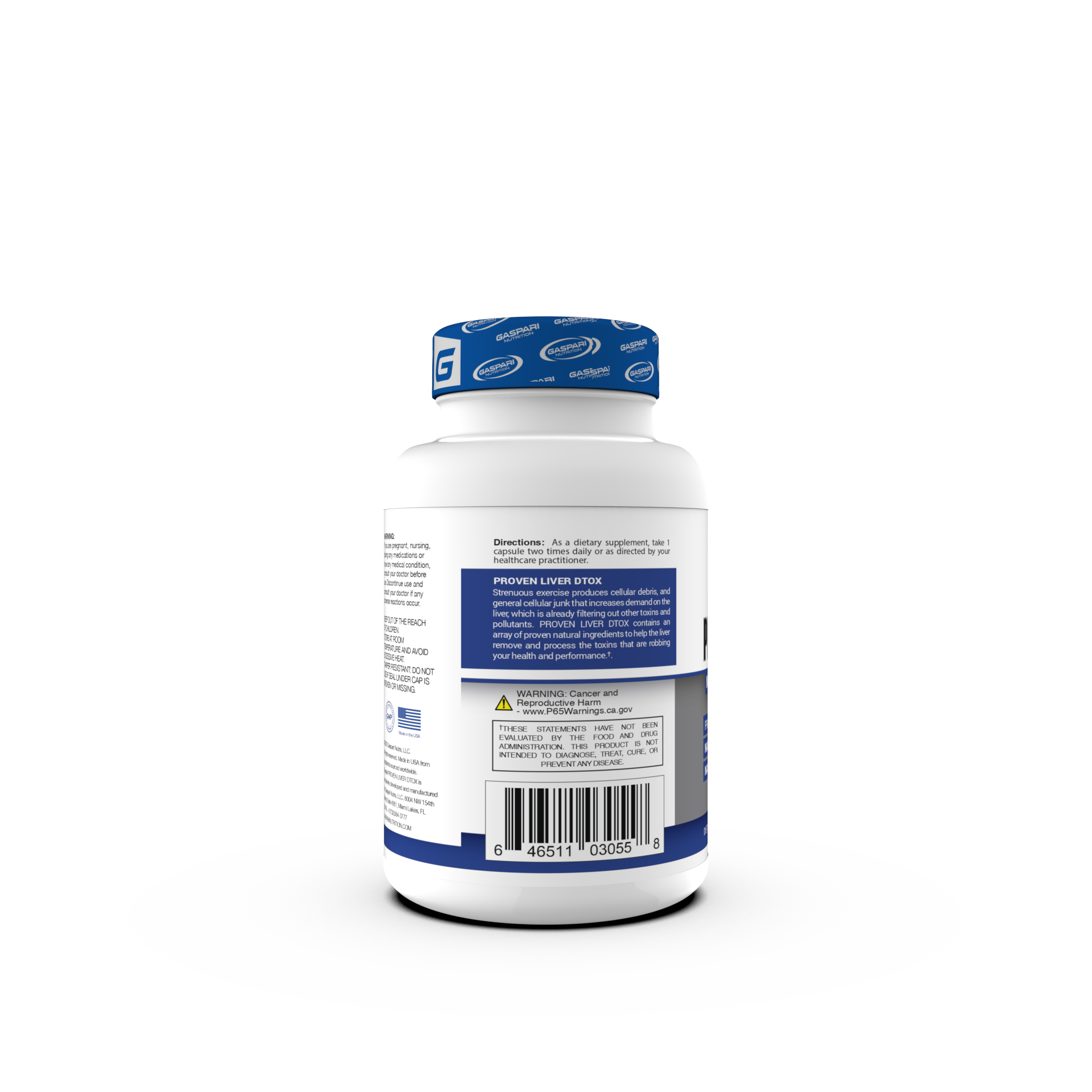

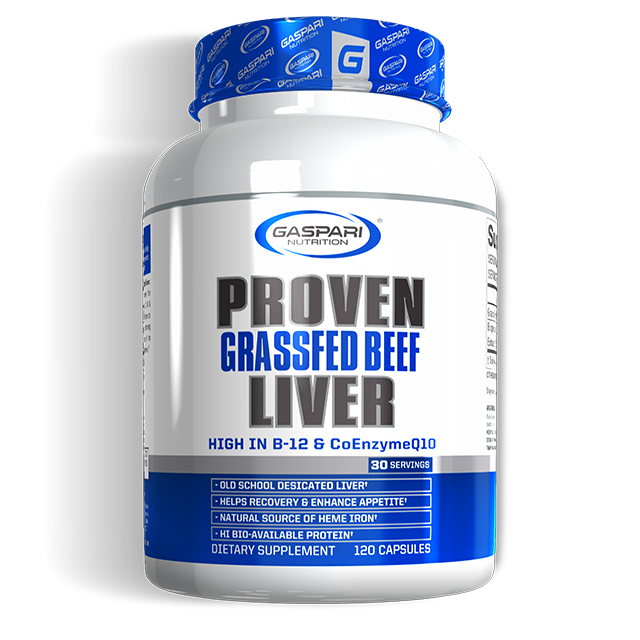

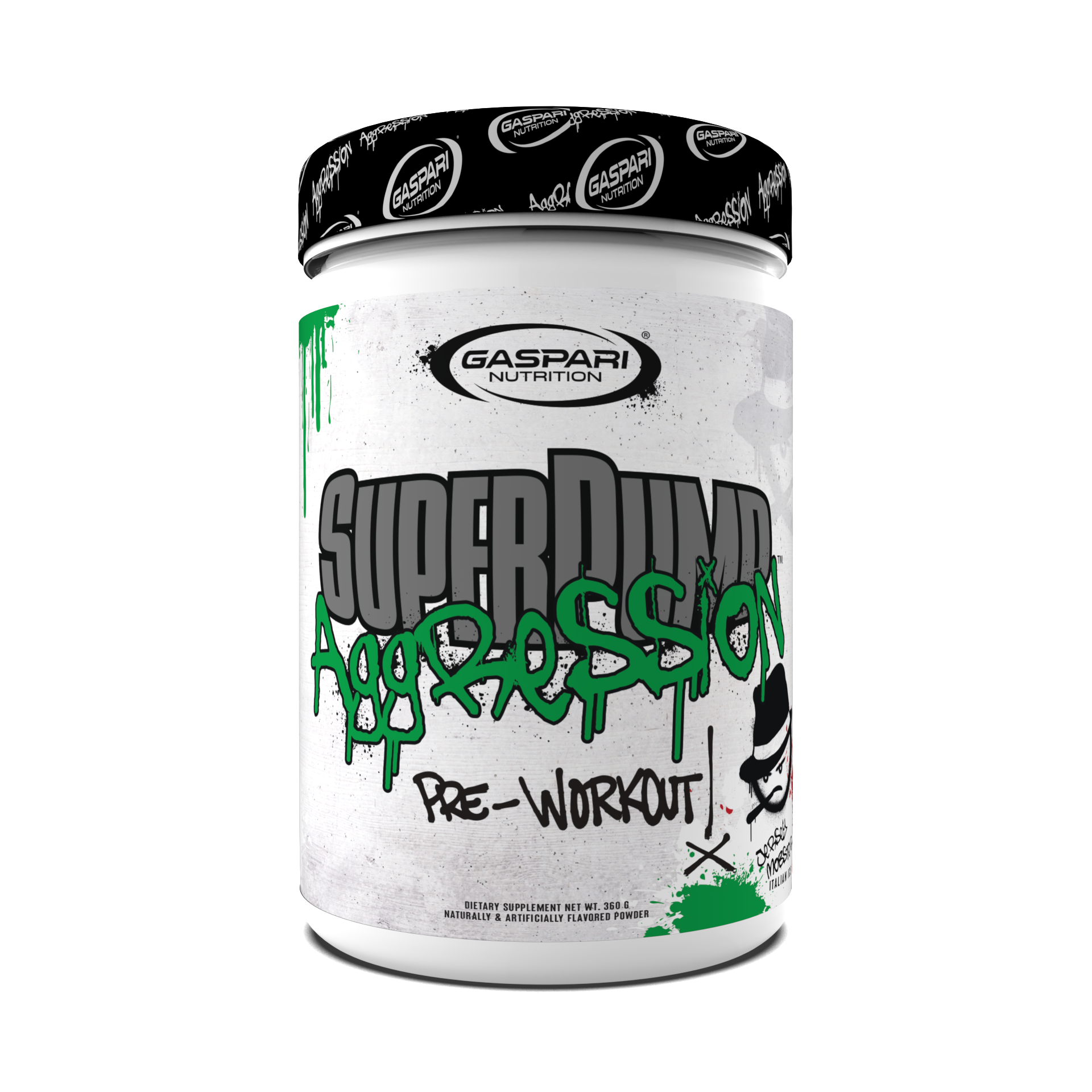


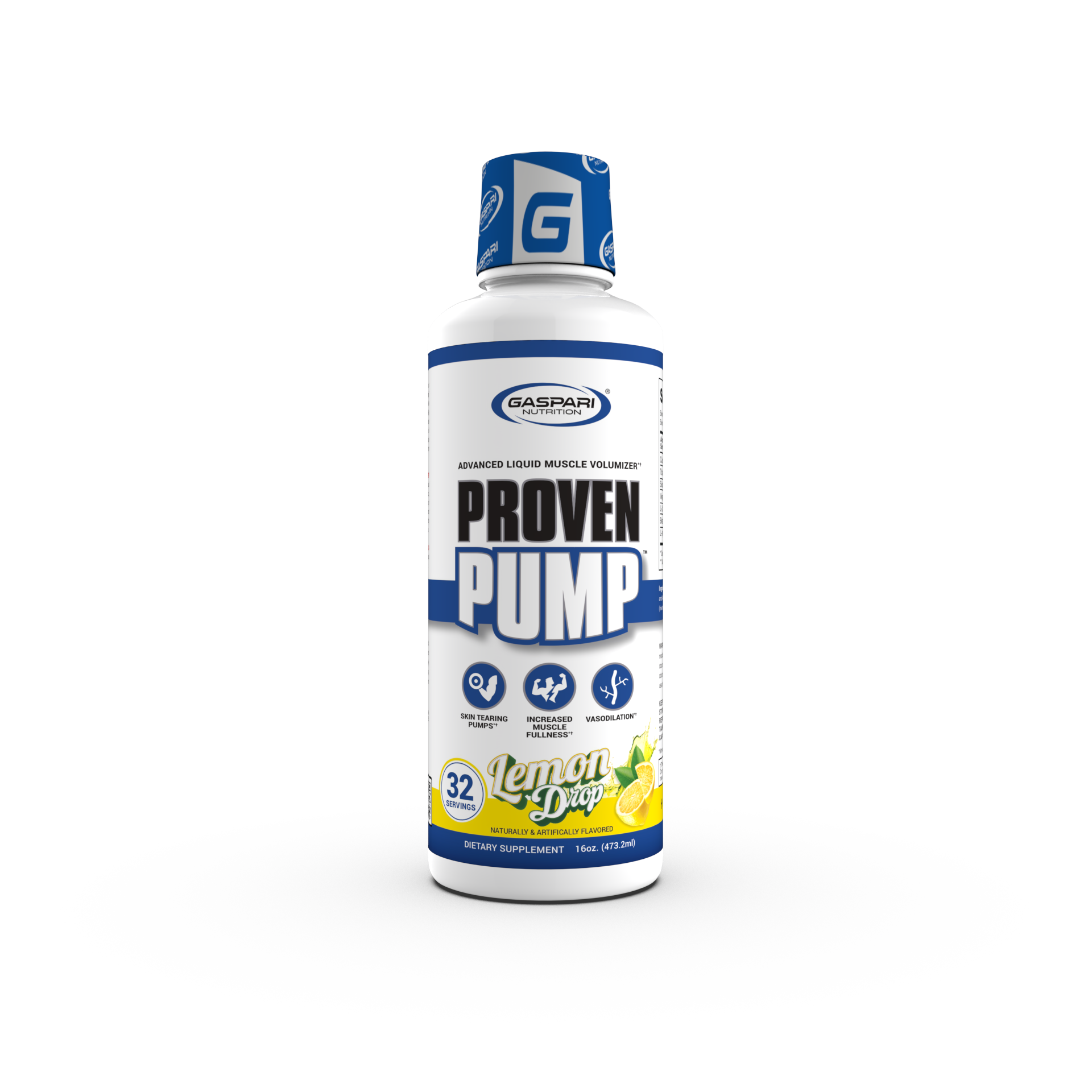
Share:
Leg Training on a Seated Leg Press
Arnold Press: Build Stronger, Wider Shoulders Like The Legend Himself